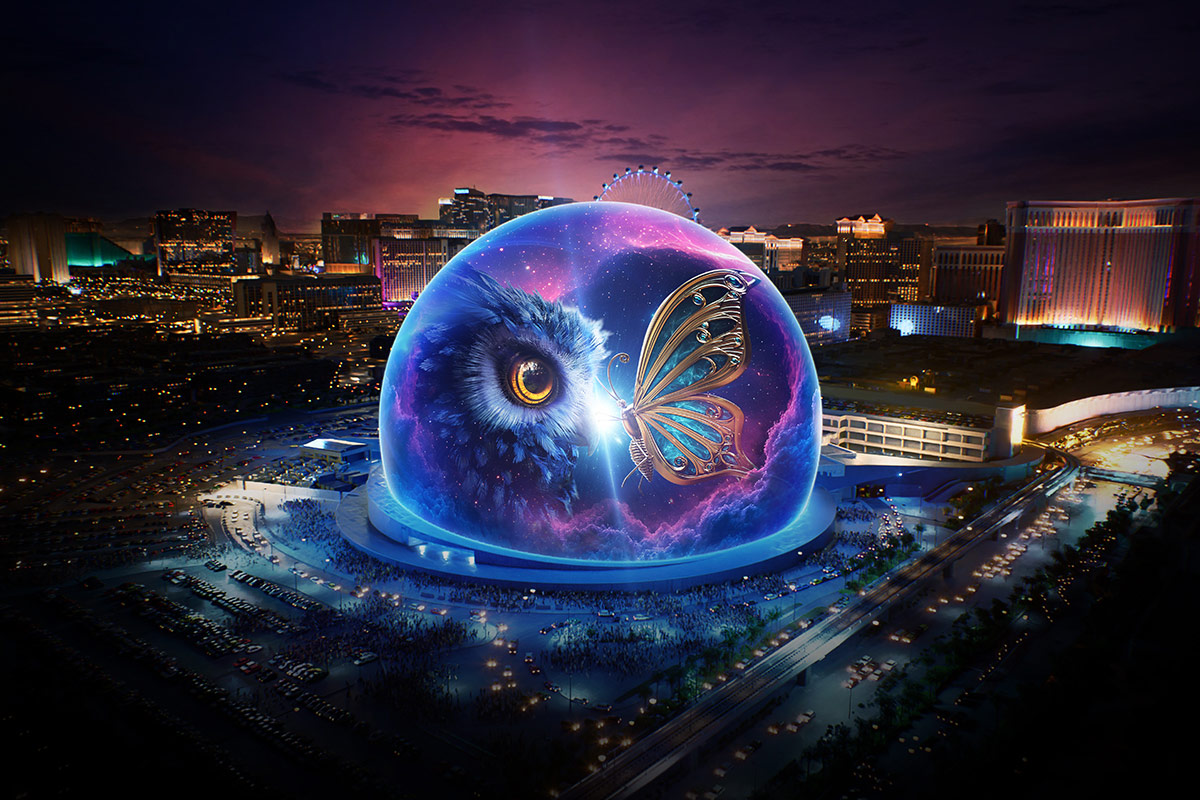By clicking “Accept all", you agree to the storing of cookies on your device to enhance site navigation, analyze site usage, and assist in our marketing efforts. View our Privacy Policy for more information.




Games, Media & VFX
Music Innovation
DJ: GVC (MoonMonster Studios), expect nothing but bangers! GVC keeps it real with high-energy mixes that get everyone moving.












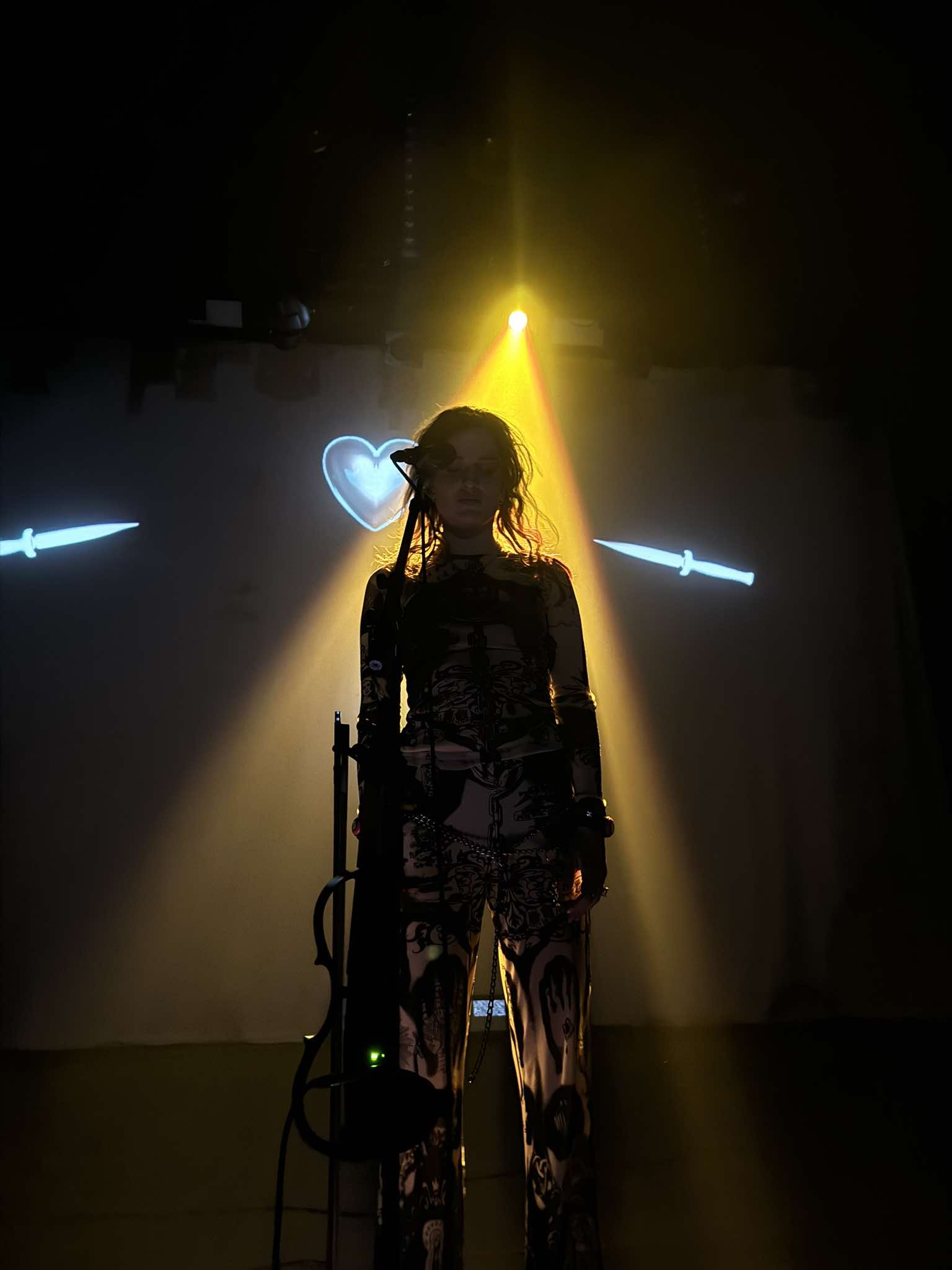















JangaFX is a fully remote company that has expanded from five to over twenty employees worldwide, developing tools that make creation both rapid and genuinely enjoyable. This talk examines our operating model and design philosophy, systematically removing friction in VFX authoring and foregrounding a sense of play.
We will present the architecture and use cases of our real-time suite, Embergen (fluid simulation), Liquigen (liquid simulation), GeoGen (terrain editing), and Illugen (a Swiss-army-knife for VFX asset creation), and demonstrate how these systems compress the idea-to-in-game cycle for artists.
They then detail the cultural practices and technical decisions that sustain high velocity in a distributed setting, alongside product principles that privilege immediacy, clarity, and creative flow.
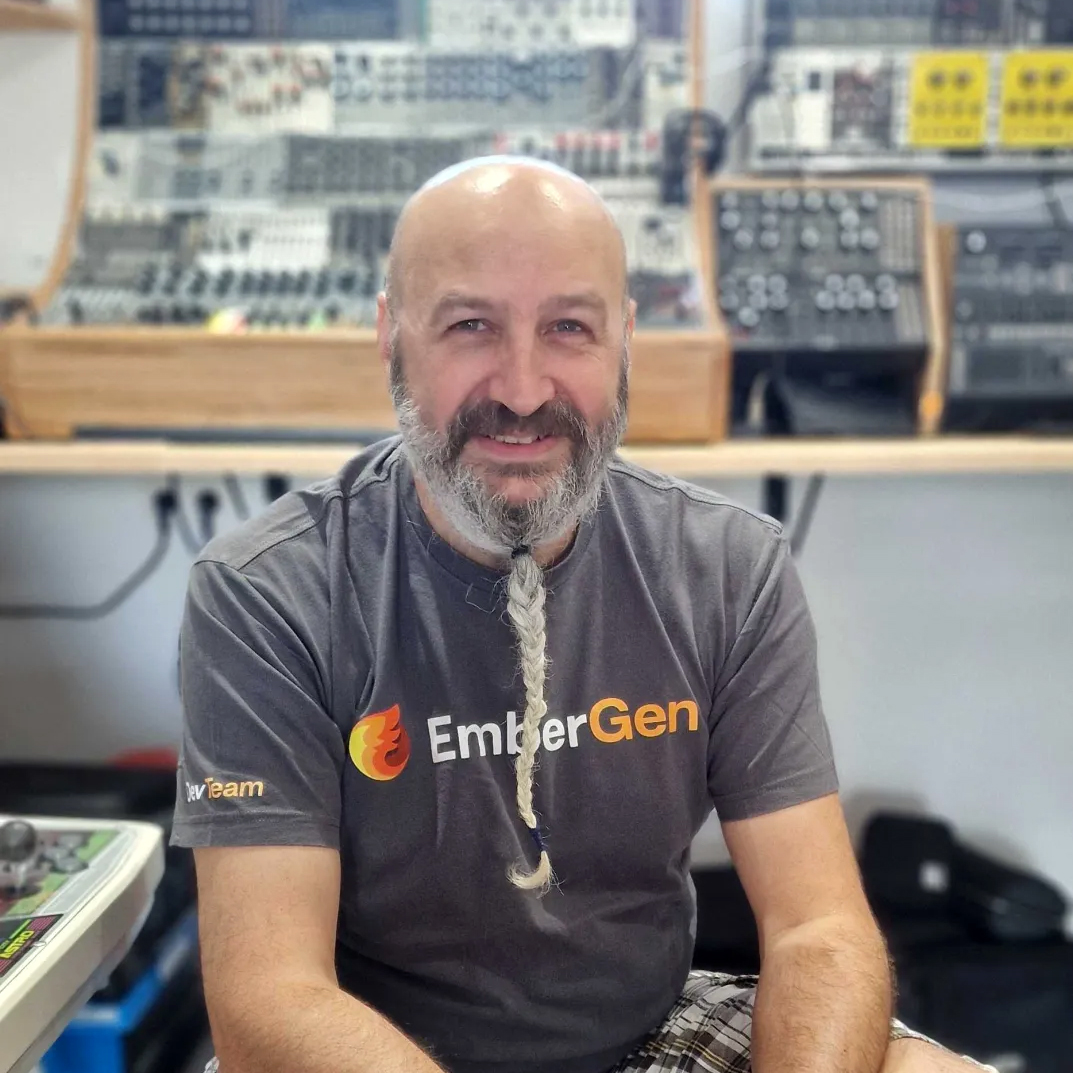













What if your next game could start with real audience insight—even before production begins? This talk invites developers to explore how user acquisition campaigns, originally used in mobile marketing, can serve as powerful pre-production tools. By testing KPIs like CPI, CTR, and CVR across different art styles, mechanics, tones, or even fictional IPs, creators can gather early signals about what resonates.
Rather than guessing what players want, this method offers a data-informed way to refine ideas, reduce creative risk, and stand out in an increasingly competitive market.












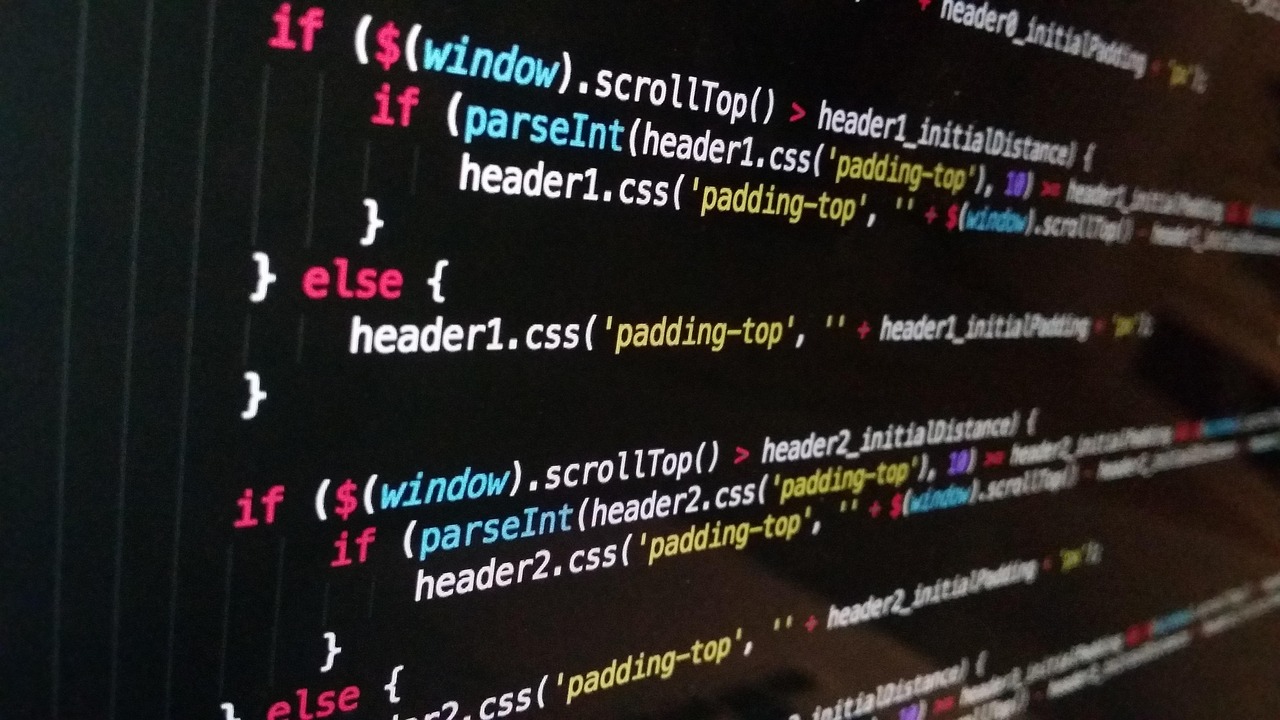

Negotiating a publisher deal is not a game (pun intended). Whether you are a start-up or expanding, protecting your assets and rights is of fundamental importance to your video game company. In this session, Christoph De Preter and Caroline Balemans from EDSON Legal will walk you through some tricky elements of a publisher deal. The goal is not to be exhaustive, but rather to gain clear and practical insights that you can use the very first time you step into the negotiation room. Special guest is the team from studio Tovenaar, that will give first-hand testimony on how they experienced their first publisher deal.












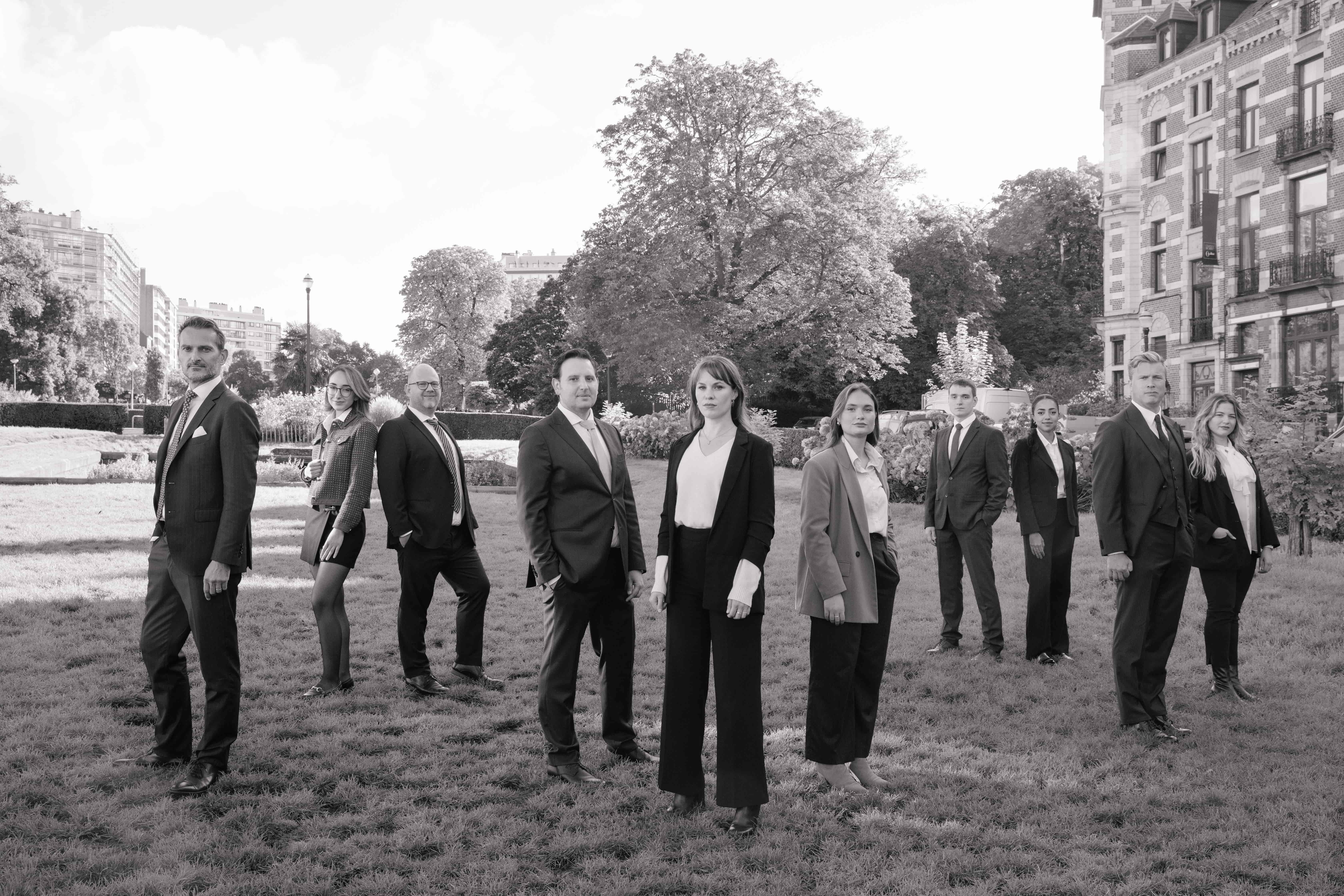





























Animation supervisor Marlon Nowe invites you on a journey from bringing Disney icons like Rapunzel and Elsa to life, to animating brutal Warhammer space marines locked in bloody battle. Along the way, he’ll share insights, techniques, and hard-earned wisdom from over 20 years in the animation industry.
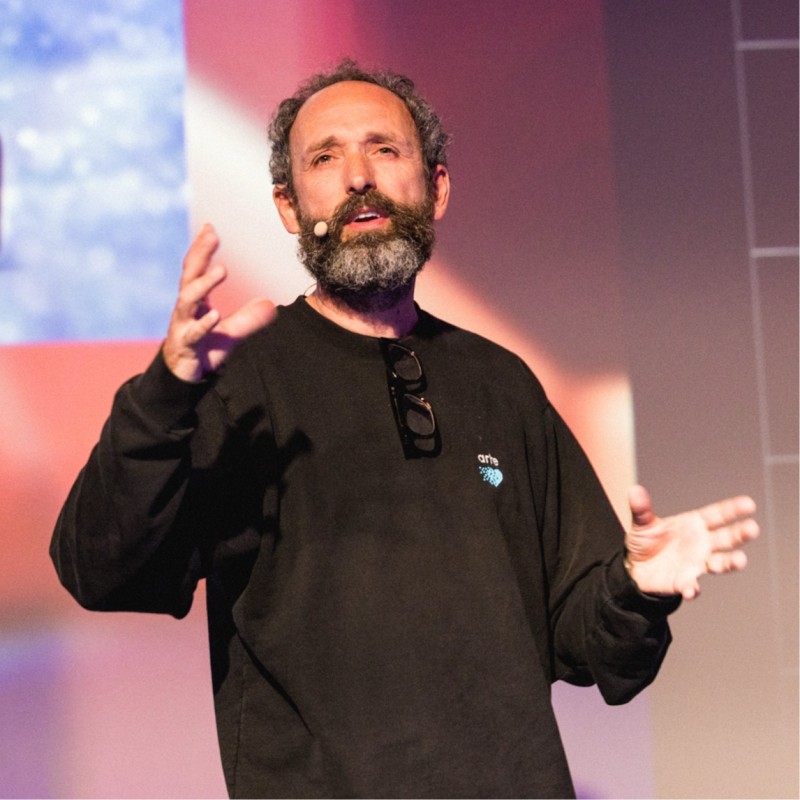













Roomdivider is an instrumental band from Geraardsbergen that fuses melodic hardcore roots with modern post-rock, delivering powerful guitar-driven soundscapes full of energy, melancholy, and atmosphere. You might know the band’s drummer, Flanders games industry-icon Dirk Van Welden
Visuals powered by StageVFX.












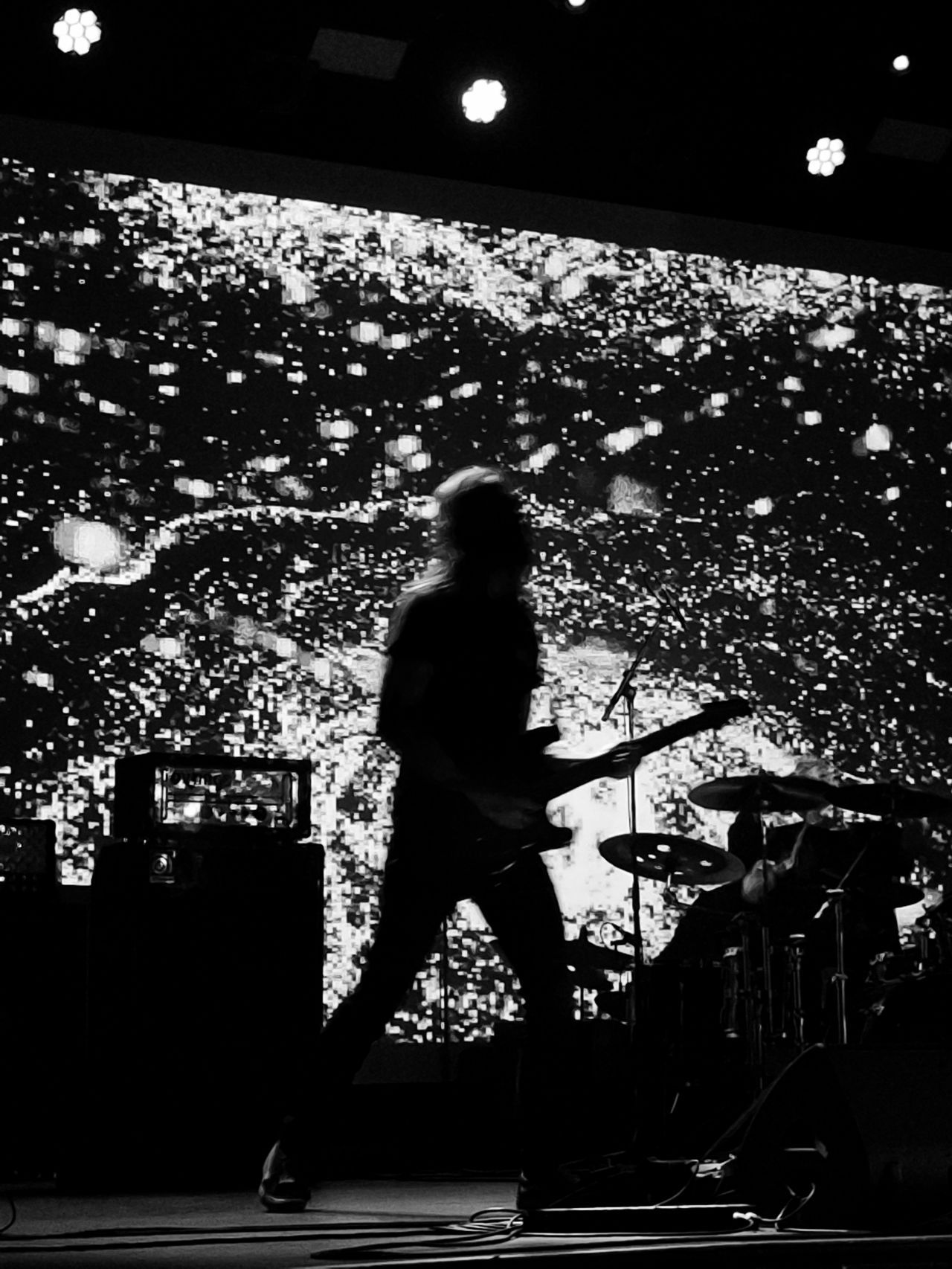

Childmasters.gif is a raw and immersive audiovisual project by Brennt Vanneste and Casimir Desmet blending soul-scraping electronic music with real-time 3D visuals to transform personal trauma into healing art.
The visuals are powered by StageVFX, a startup in Kortrijk.














In this talk, Darko Markovic (DarMar) shares how he created Inside44, a massive sci-fi universe built over a decade, spanning 544 pages of art, story, and complete lore, entirely on his own. Against all odds, with no support system and constant setbacks, he pushed forward when everything seemed impossible.
DarMar will walk you through the design process step by step, showing how the universe was built from sketches to final execution. Its a complete world building lesson. He will also dive into the meaning of hearing “NO”, and how to transform rejection into fuel. Most importantly, he’ll share the mindset strategies that made it possible to keep going, even when the system itself was working against him.
This talk isn’t just for artists, it’s for anyone in art, design, creative fields, or any line of work who has ever been told it can’t be done.
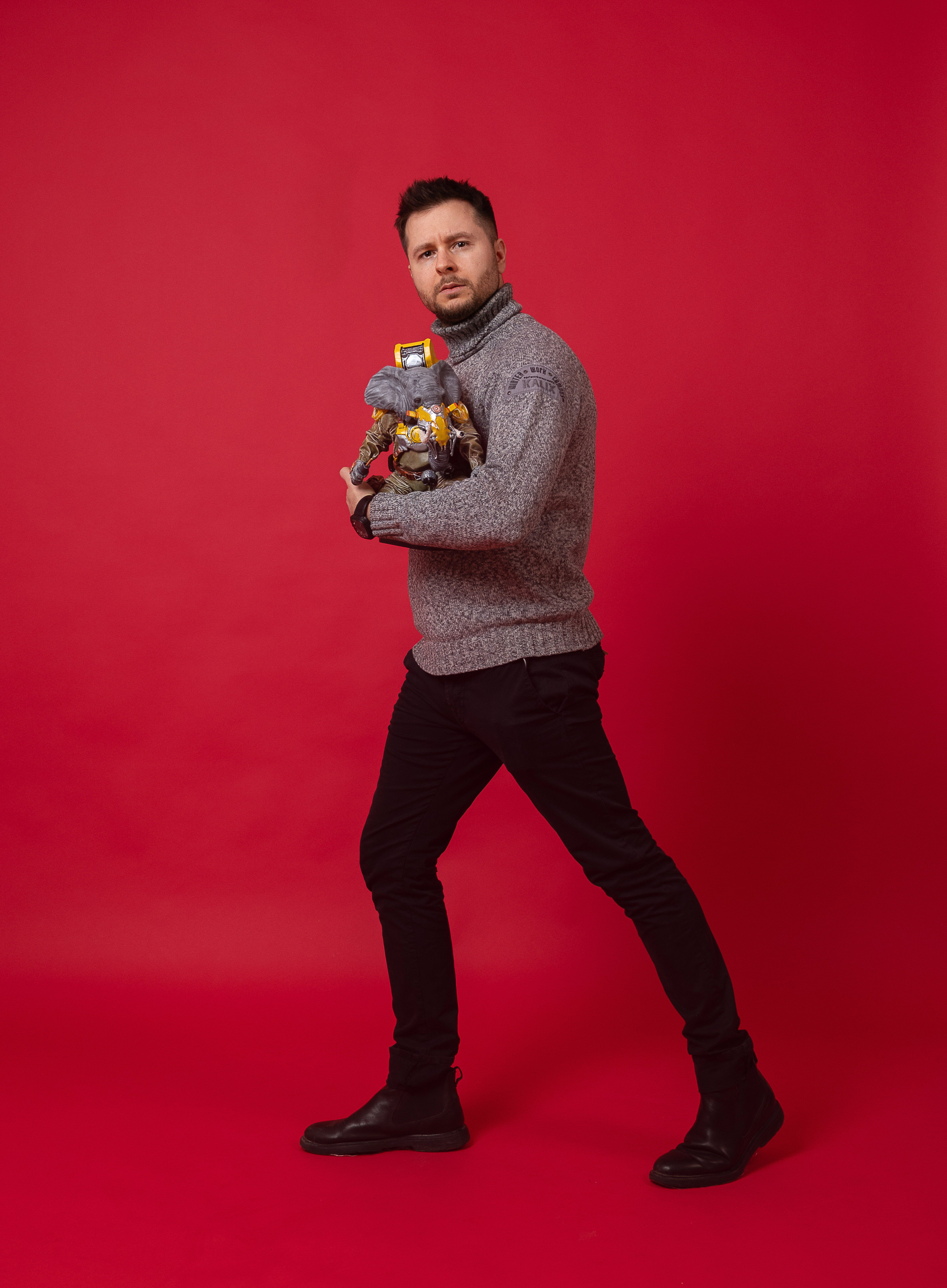











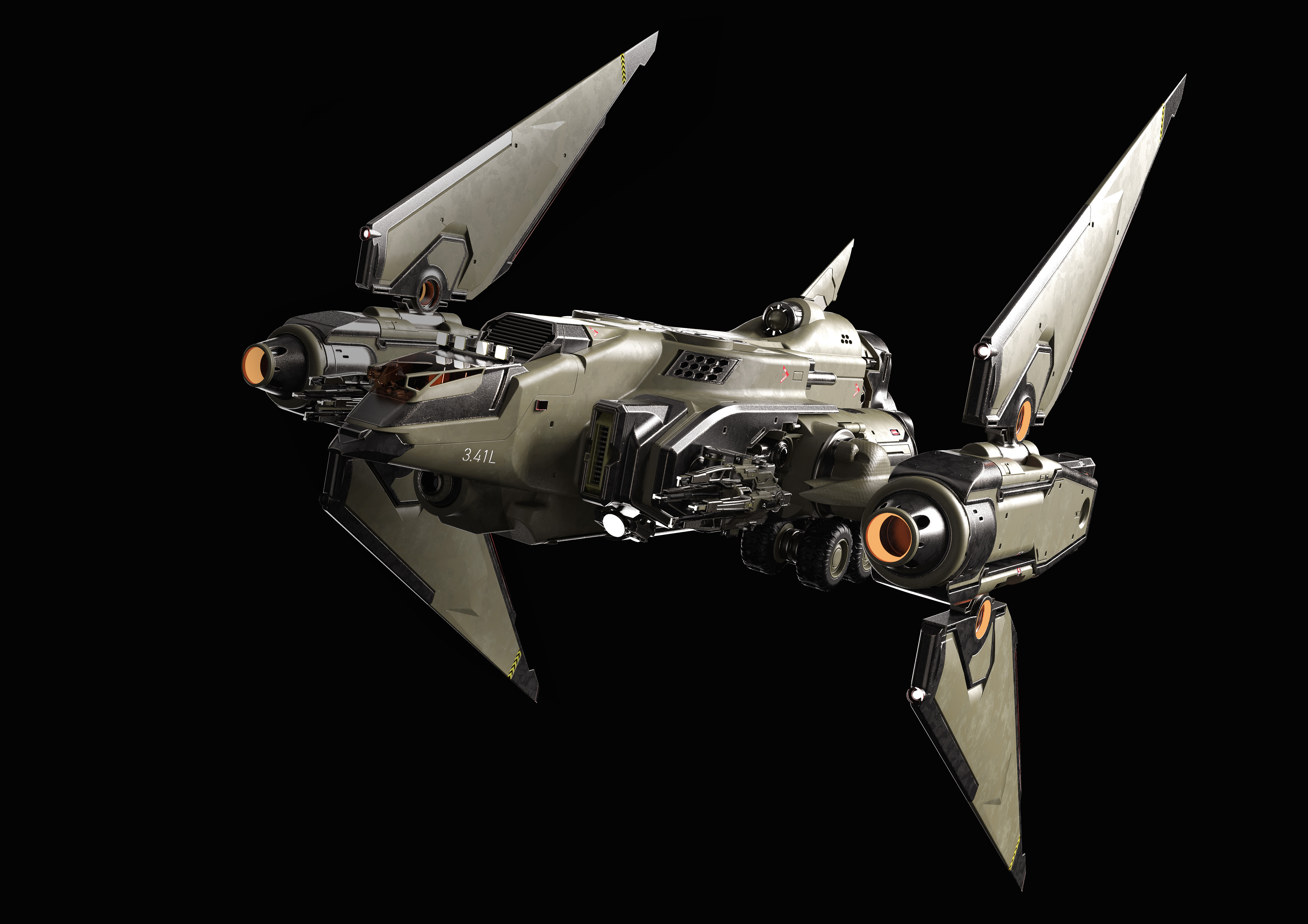















Constraints often get a bad rap, as if they only hold us back. For the development of The Spell Brigade, we deliberately embraced constraints.
The result? A faster development cycle and a more successful game.
In this talk, I’ll walk through the specific constraints we chose (and some we didn’t choose), how they changed our process, and why I now believe thoughtful limitations are a game developer’s best friend.












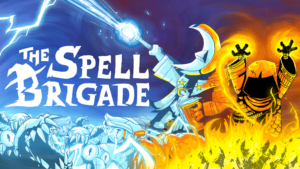

One of the hard problems when making a Game is to marry the Art and the Technology into a holy matrimony blessed by Production. Without Art, nobody will want to play it. Without Technology, nobody will be able to play it, and without Production, there won’t be anything to play.
Throughout the years, the industry has come up with solutions that satisfy these three aspects, but what will happen if you bring Realism to this communion?
Let’s peek under the lid of Warhorse Studios' environment pipelines and tooling that allowed them to create the most accurate medieval Europe representation in games that doesn’t look too shabby either.
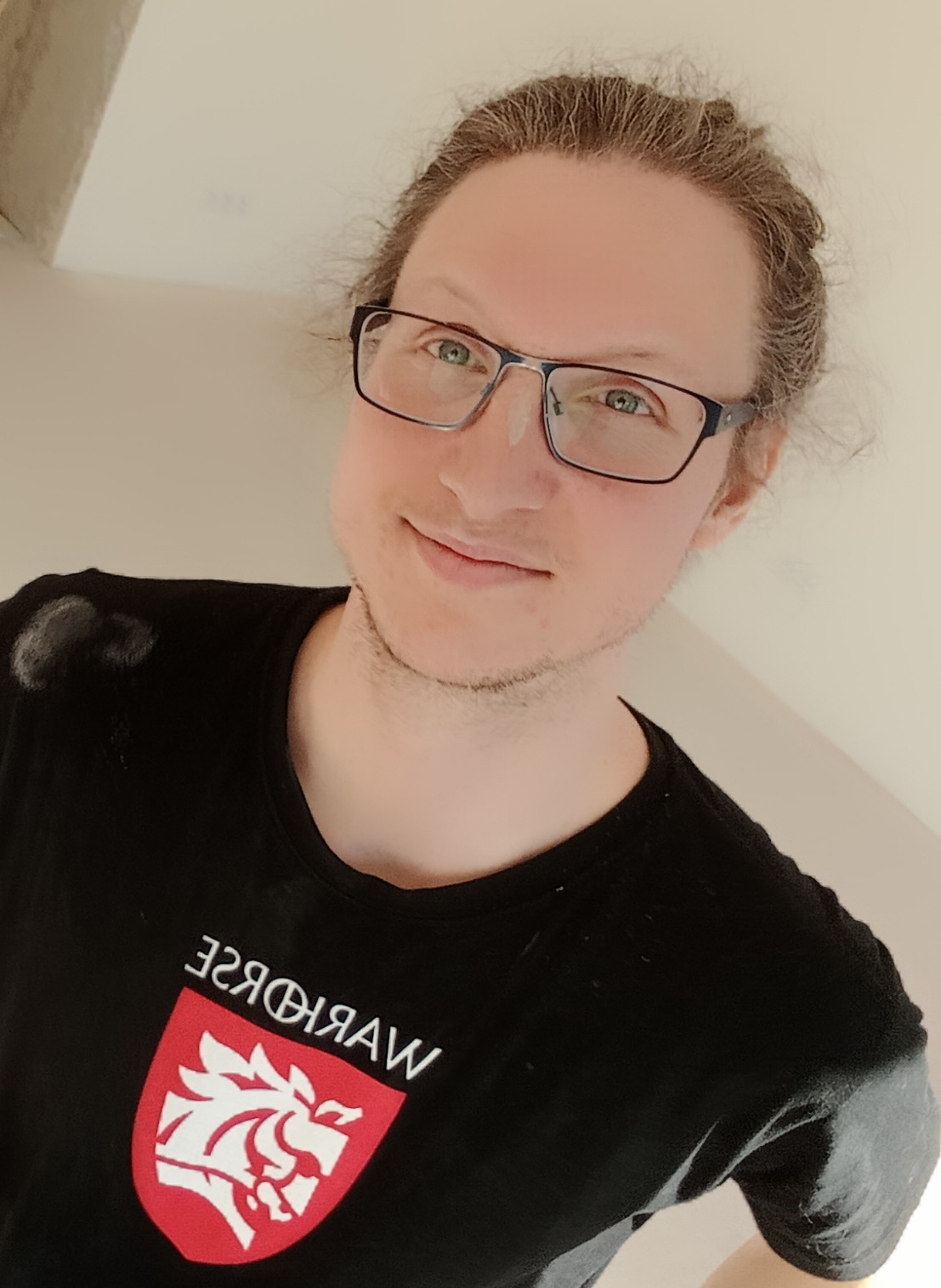











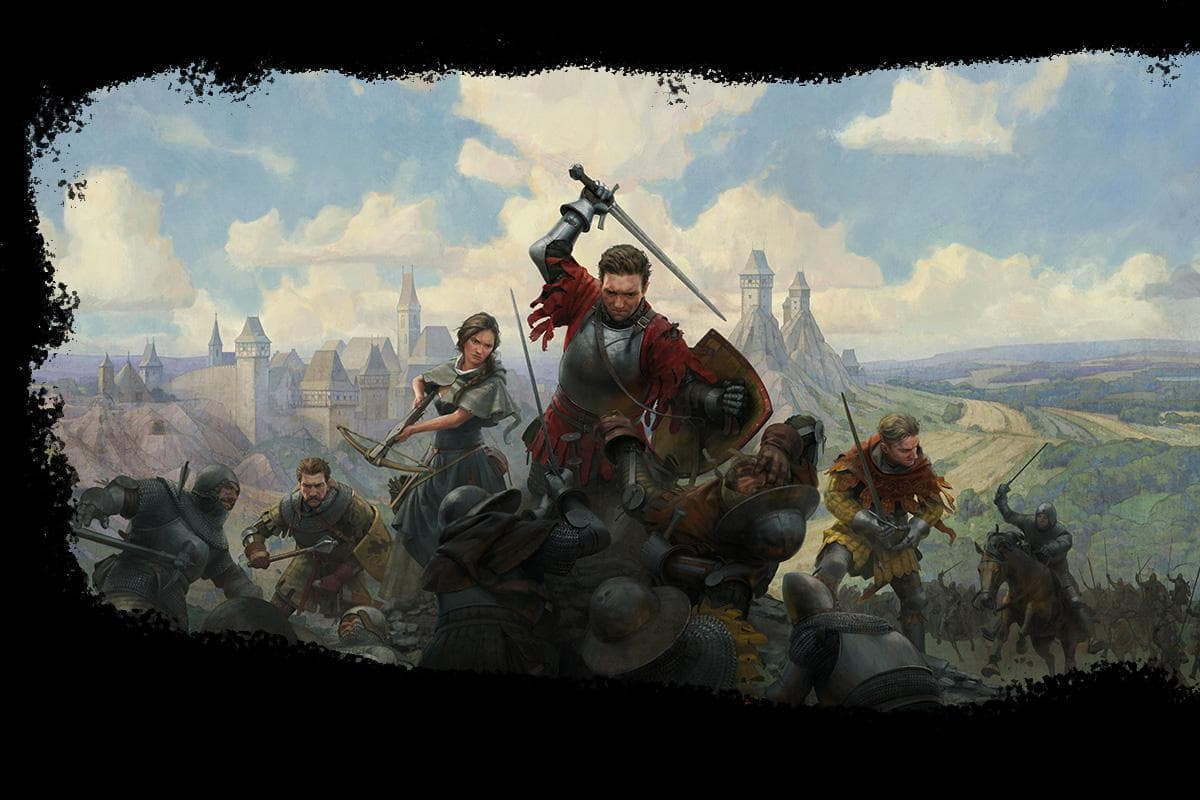

Opening of UNWRAP














From meaningful storytelling, to authentic representation of real-world themes, to digital tools designed to foster empathy, games and interactive technologies are increasingly stepping beyond entertainment to shape tangible change. This panel brings together creators using their craft to make a difference – from developers designing meaningful play experiences to innovators using AI-driven tools to support social causes. Join us as we explore how design decisions, technology, and human connection can come together to make impact not just a side quest, but the main one.
.jpg)

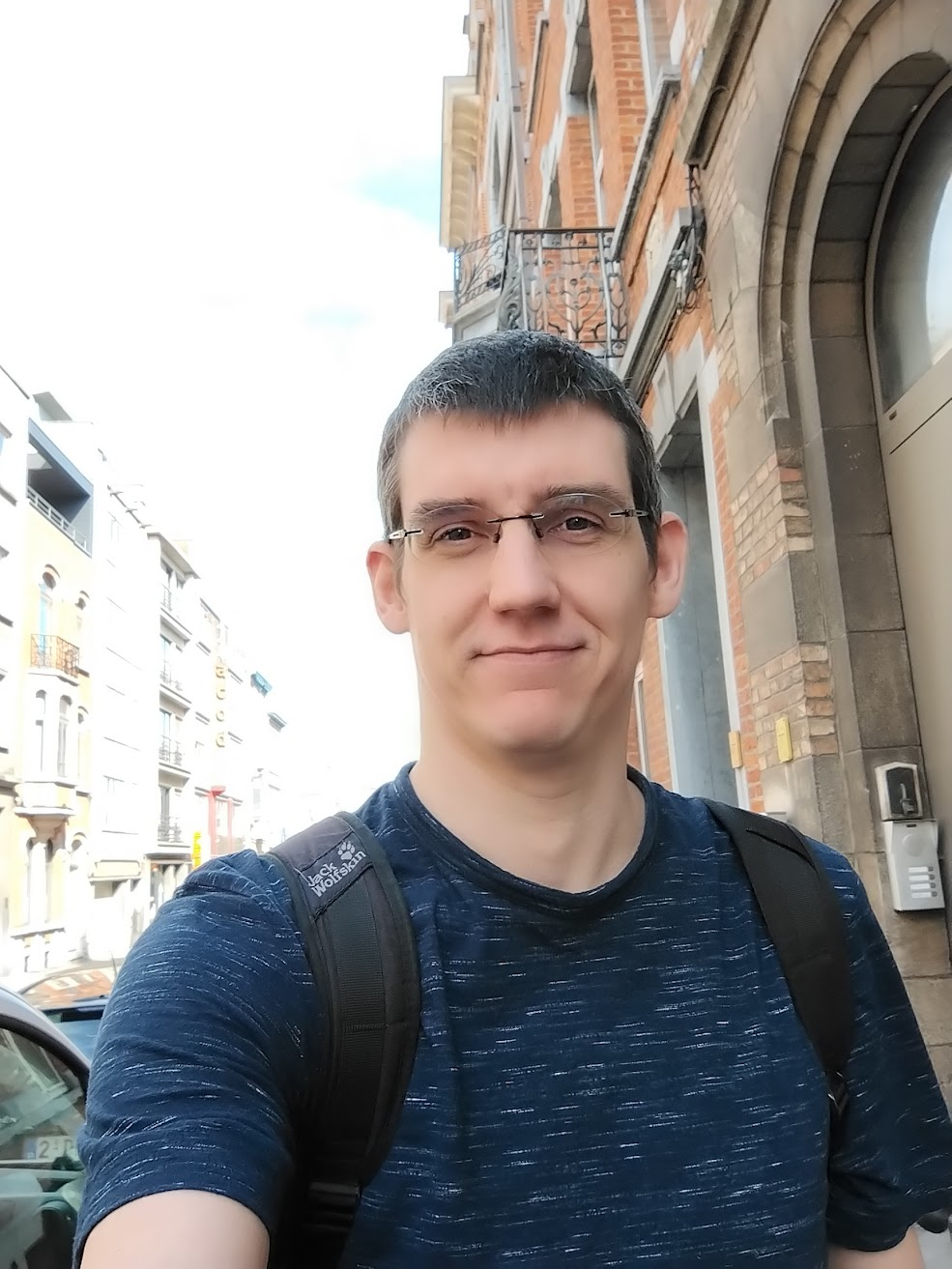

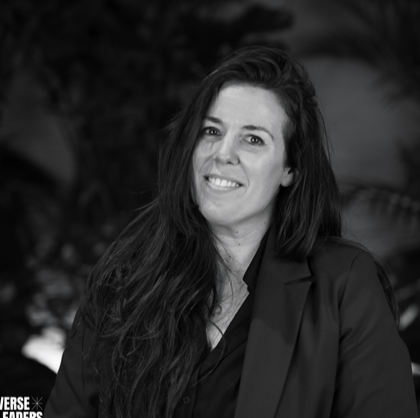

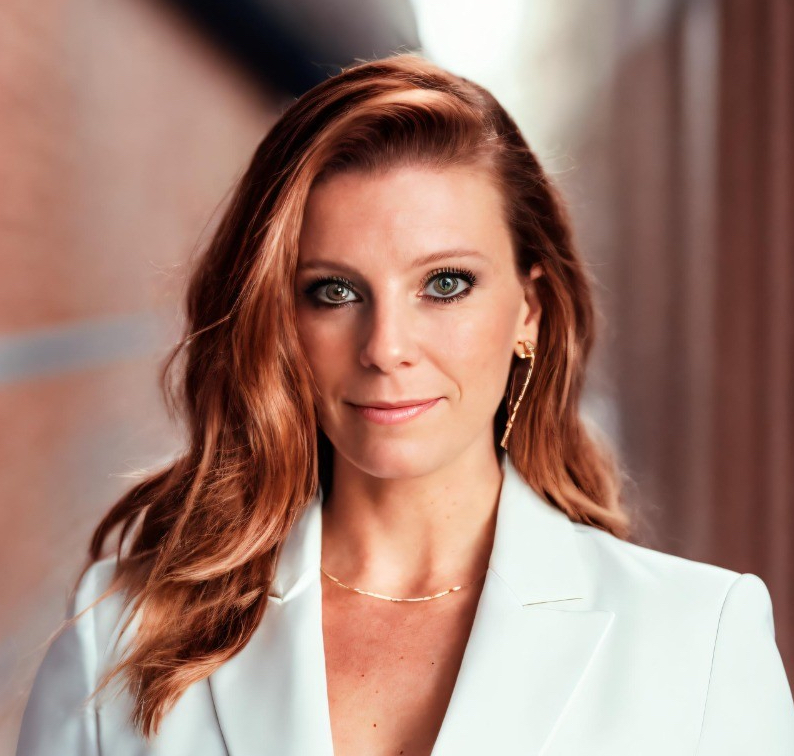







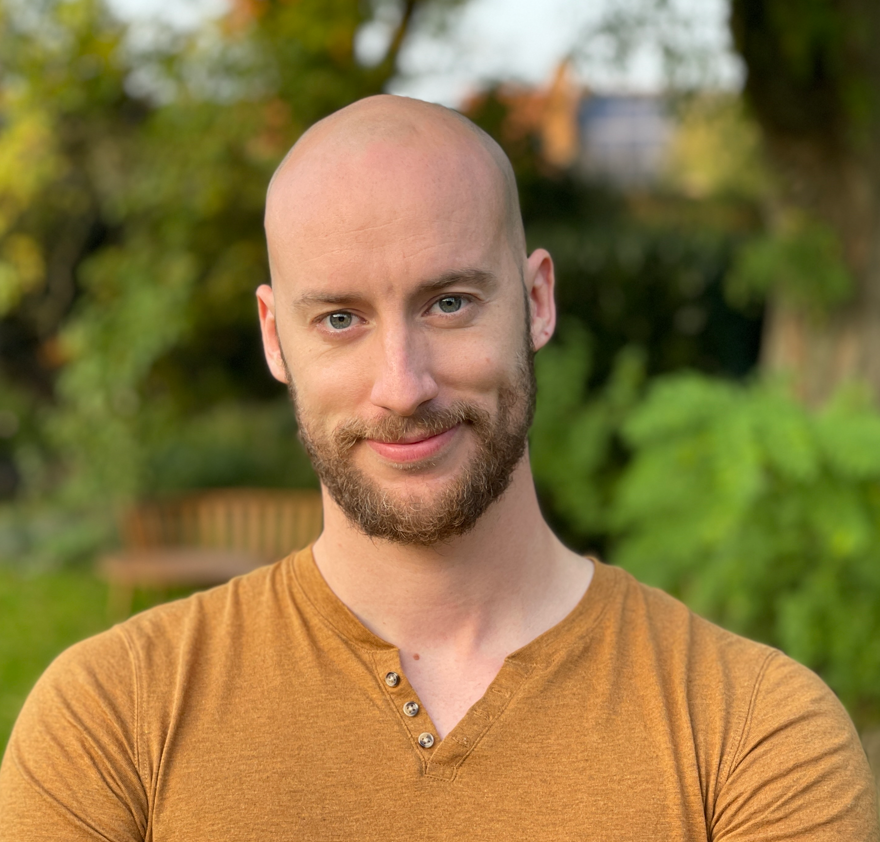













How MachineGames developed a first-person game that focused on hands-on experiences and adventure over action. This talk goes through the design process for developing the GRIP system (grab, reach out, interact, push), the hurdles of favoring adventure over combat, and the never-ending pursuit of creating authentic Indiana Jones interactions.
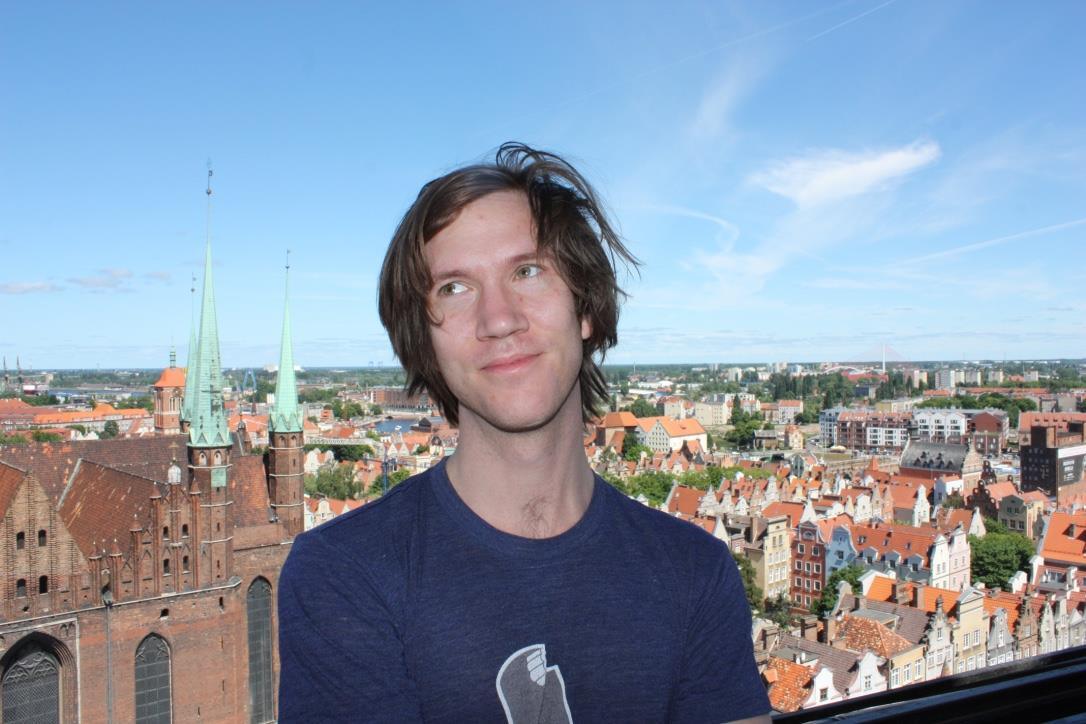













Come and enjoy fast-paced showcases of 8 curated games that release/have been released in 2025 on BIG screen, while the creators tell you more about the game, the launch and the future plans.
After the showcase, you're able to play the games and network with a drink. Check the aftermovie of last edition!
Cosy fun ensured! This event is the perfect opportunity to connect with like-minded individuals who share your passion for all things gaming.
Timetable, Wednesday November 5 2025:
Games & Studios that will showcase their game:★ Order 13 by Cybernetic Walrus ★ The Spell Brigade by Bolt Blaster Games ★ Magic Forge Tycoon by Clever Trickster Studios ★ Is This Seat Taken? by Poti Poti Studio★ Asfalia:Panic at the Mansion by Funtomata★ Xenobreakers by Couch Potato Studios ★ Wait What's That by OISOI Studio★ Jester: A Foolish Ritual by Fire Foot Studios ★












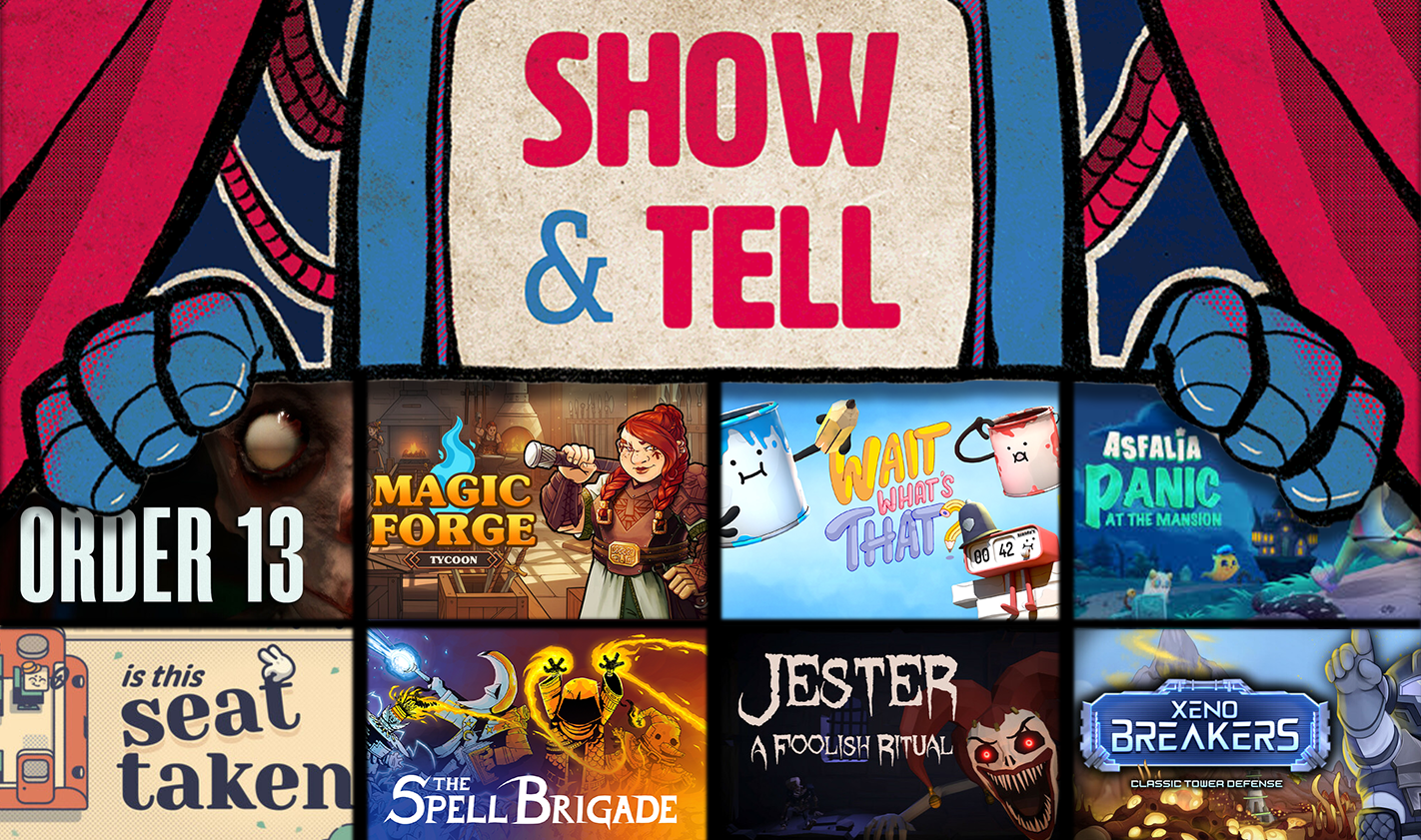

In just 2.5 years Galaxy Grove went from a solo endeavour to a 16 team studio working on two games simultaneously, and the studio keeps growing quickly. The studio secured funding several times in a clamped down financial market and successfully released its first game only one year after hiring started. In this talk Joost will explain the very deliberate studio strategy and choices that enabled this, both from a business perspective and from a creative perspective. Topics include defining company goals clearly, determining market fit of game concepts and the importance of (financial) planning.












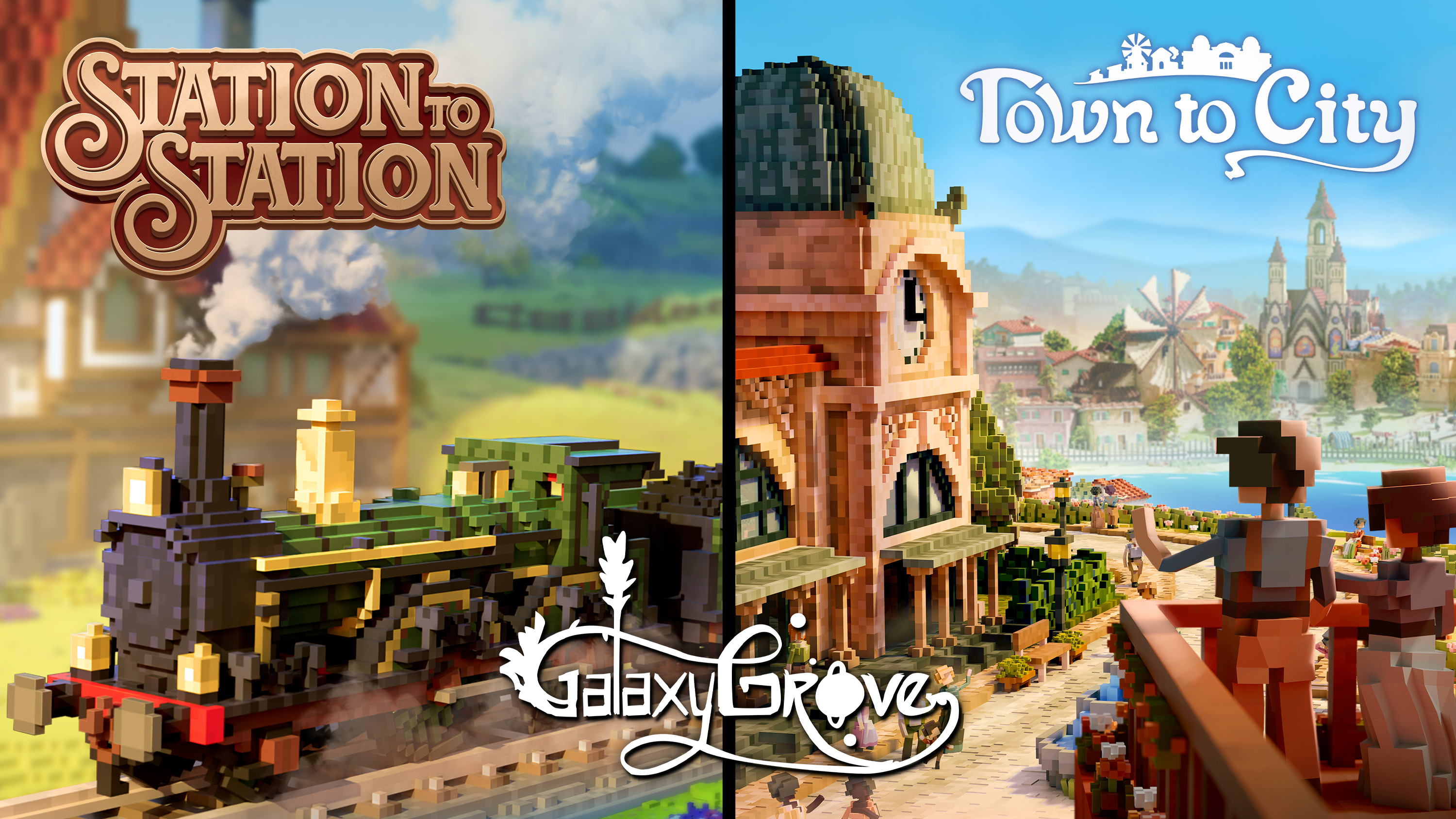

Thinking about launching your game in China? So were we!
In February 2025, we released Blood Bar Tycoon, our debut title: a quirky, vampire-themed management sim. A few months before launch, the game unexpectedly started gaining traction with Chinese players. To make the most of this early interest, we partnered with a local distributor.
What followed was a series of surprises: solid sales but low revenue, high refund rates, communication hurdles and cultural differences that significantly influenced player reviews.












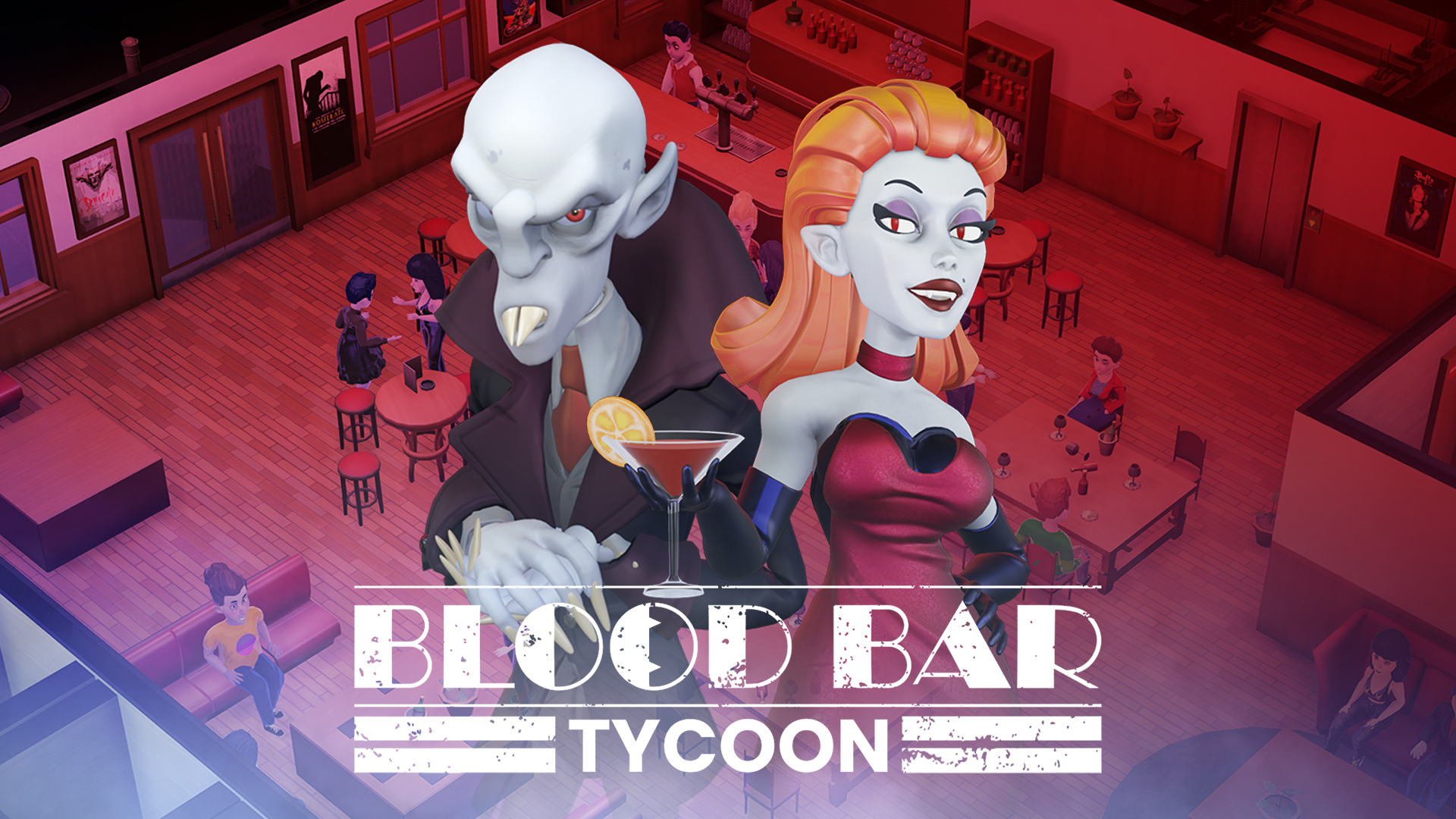

What if AI could do more than generate content? What if it could help us create courage and spark systemic change?
The UN recently called her creation “one of the world’s best AI solutions”. Today, award winning founder and Europe’s Best Impact Entrepreneur Rhiana Spring takes you behind the scenes of Chatbot Sophia and Comeback CatZ: two groundbreaking AI innovations transforming how we talk about and act upon violence and empowerment.
From gamified confidence-building to trauma-informed AI, discover how human-first AI is rewriting creativity and how you can be part of it.
Rhiana bridges the worlds of tech, human rights, and activism, showing how AI can help people reclaim their voice, rewrite their story, and reshape culture itself.










































We will take a walk down the yellow brick road of Jhonie Aelbrecht's career, from his foundational beginnings and pivotal early experiences to his current standing, highlighting achievements and challenges. We'll then look ahead to his future endeavors and potential impact.
.png)











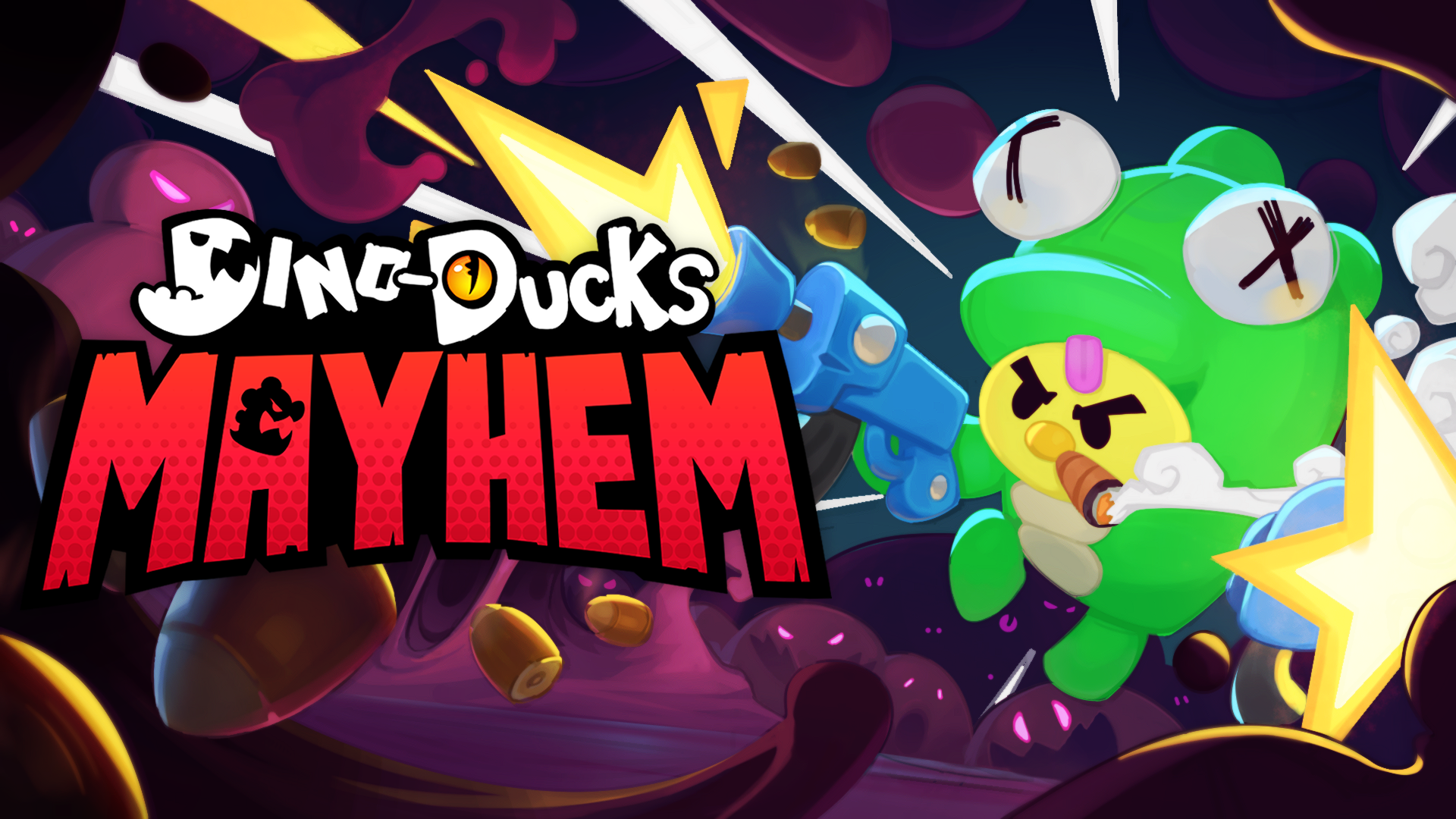

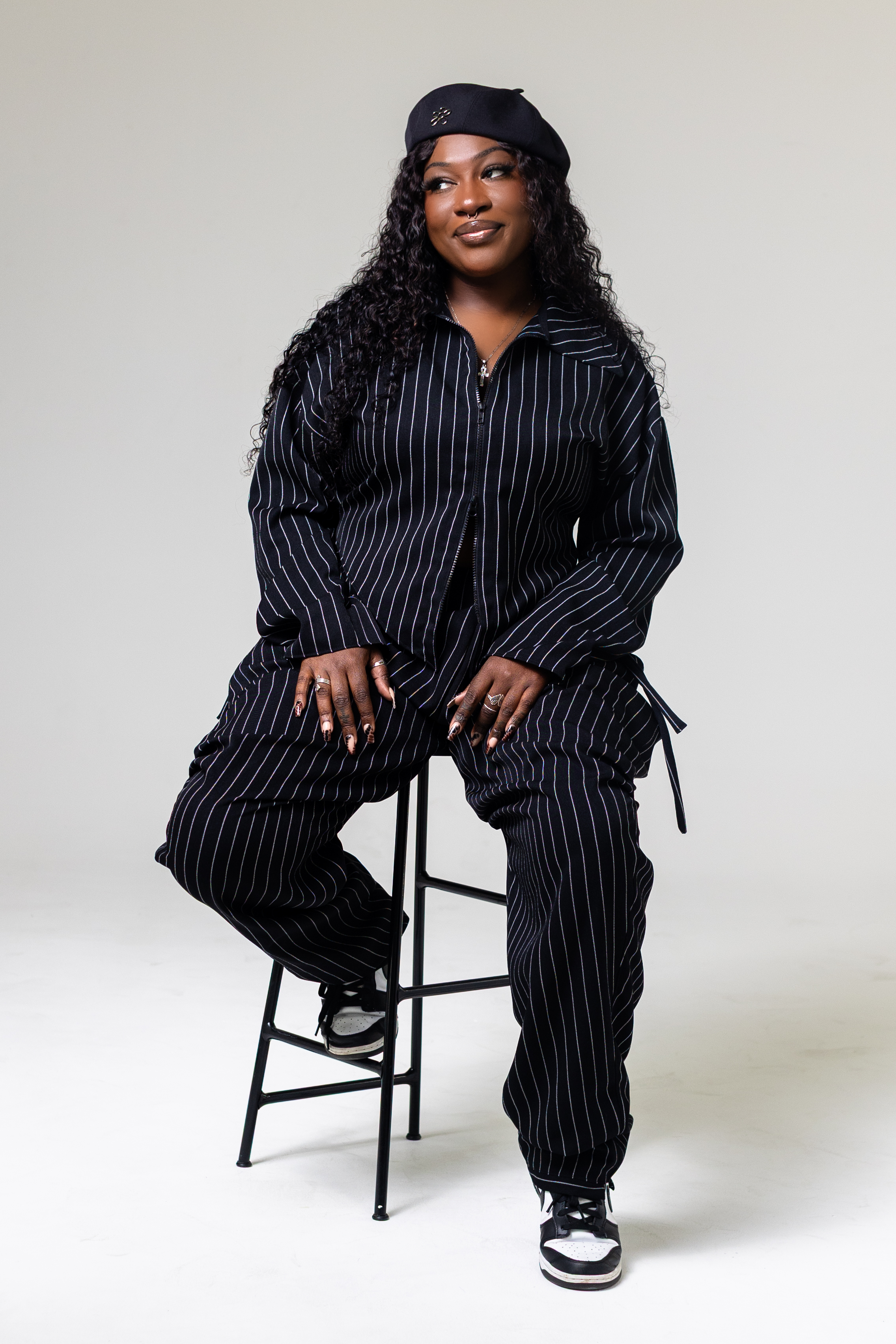













Join L'Oréal Benelux CMO, Marc Duquesnoy, for an insightful session exploring how the beauty industry leader is embracing the dynamic world of gaming. This session will explore the significant role of gaming not merely as entertainment, but as an emerging cornerstone in the evolving 'New Codes of Beauty.'
As the global leader in beauty, L'Oréal recognizes gaming as a pivotal segment of contemporary entertainment – standing alongside music, sports, and cinema – and an invaluable conduit for engaging with new consumer demographics. The presentation will detail L'Oréal's strategic entry into this domain through a unique partnership with Howest – Digital Arts & Entertainment, established in 2023. This collaboration provides a mutually beneficial platform, allowing L'Oréal brands to integrate gaming expertise while offering students unparalleled exposure to real-world industry challenges and practical application of their skills.
It will highlight the tangible progress of this initiative, citing multiple ongoing projects, underscoring the considerable potential for further innovation. This talk aims to illuminate how the creativity and technical acumen inherent in the gaming community are actively inspiring the future strategies of a leading global beauty enterprise.














In the future of entertainment, creativity is the fuel, but money still makes the engine run.
Let’s be honest: getting paid as a creative often feels more complicated than it should be. Contracts, invoices, cross-border work... it’s a lot.
In this 30-minute session at Unwrap, Amplo breaks down how to get paid smart, fast, and fairly. We’ll show how we help artists, freelancers, and creative minds turn their talent into a sustainable income — without getting lost in the admin maze.
💸 Real talk, no buzzwords. Just what you need to make your creativity pay off, literally.












%20(3).png)

3D scanning was a trailblazing innovation launched into a world that wasn’t ready, no audience, no tools, and no practical workflows.
A decade later, it re-emerged in a democratized landscape where high-end studios and indie developers alike now have access to powerful, off-the-shelf tools. In this talk, we’ll explore how early innovation outran its era, how today’s production needs have reshaped the toolset, and how emerging technologies like Gaussian splatting offer exciting potential, but still face significant limitations before they’re ready for real-world use.
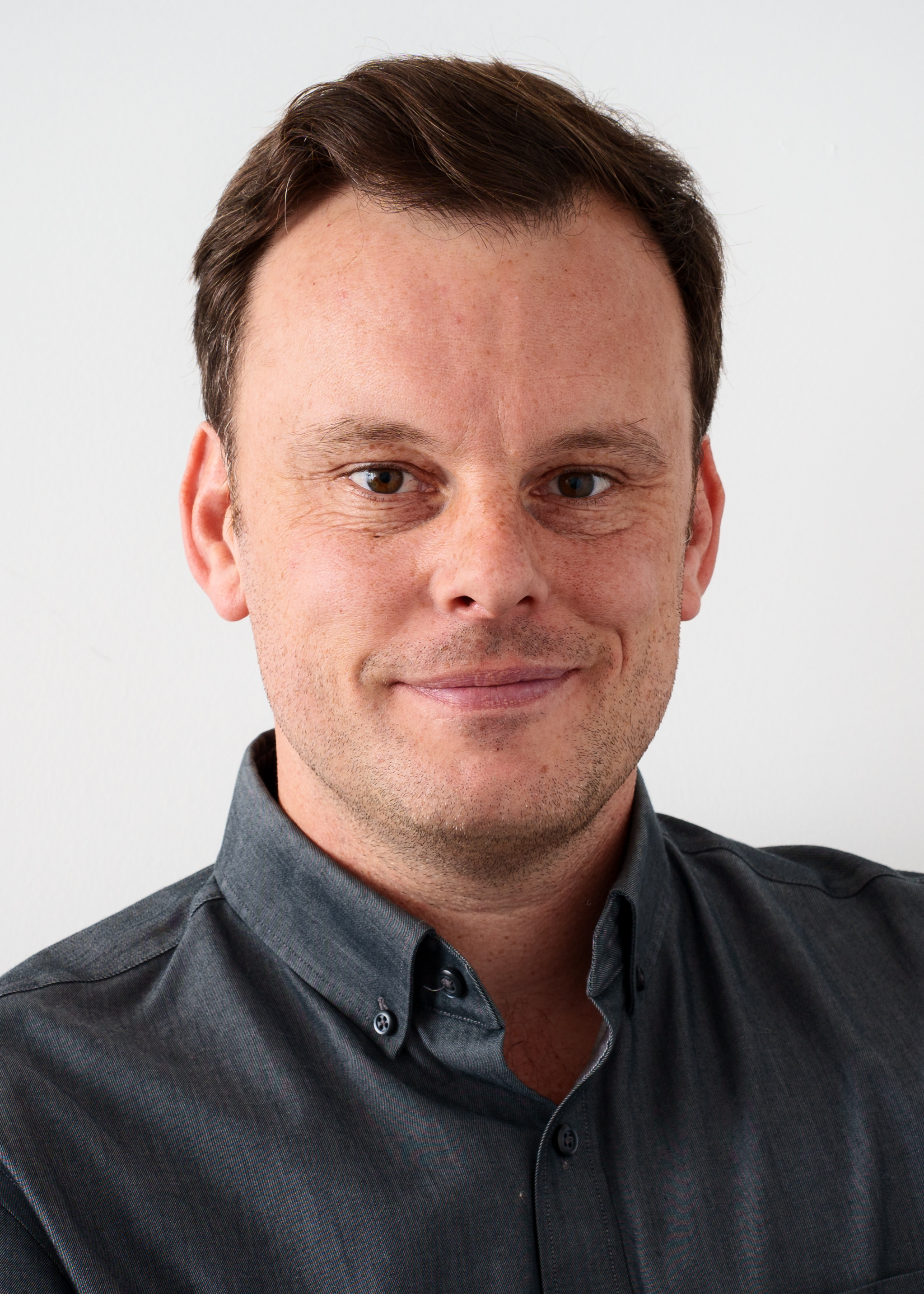











.jpg)

Jordy will be speaking about the build up towards launch, the launch and post-launch of "We Who Are About To Die". Context: We Who Are About To Die was (originally) a solo developed project, made over ~7 years, which had a global-top-selling Early Access launch on Steam.
He will be touching on all kinds of topics from dev, game design to the psychology and mindset of indie dev, to marketing and biz-dev!












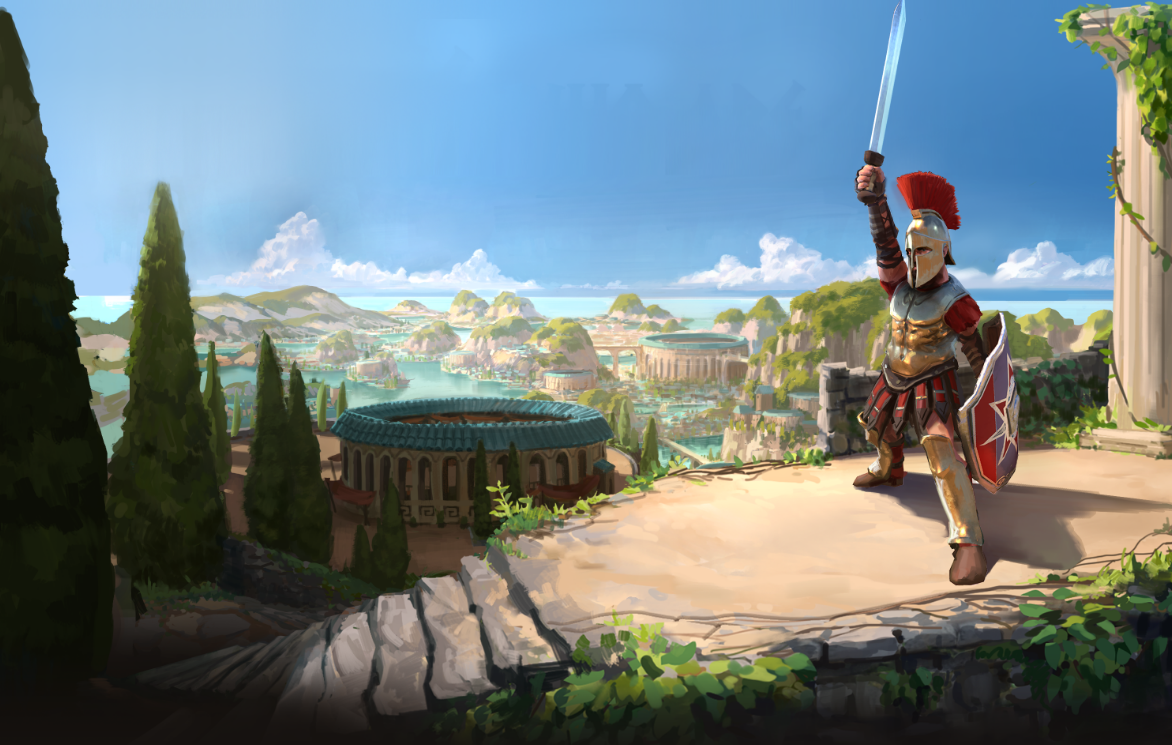

How do we make lighting look amazing while serving the player's experience? When is it too dark for the player to navigate and when are we not bold enough with our dark tones?
Let's go over some fundamentals of game lighting while exploring how they interact with gameplay needs. We'll cover core lighting principles from both artistic and functional perspectives, highlight trade-offs and look at examples from games that successfully merge the two.
let's find the right balance improving player guidance without sacrificing visual storytelling.












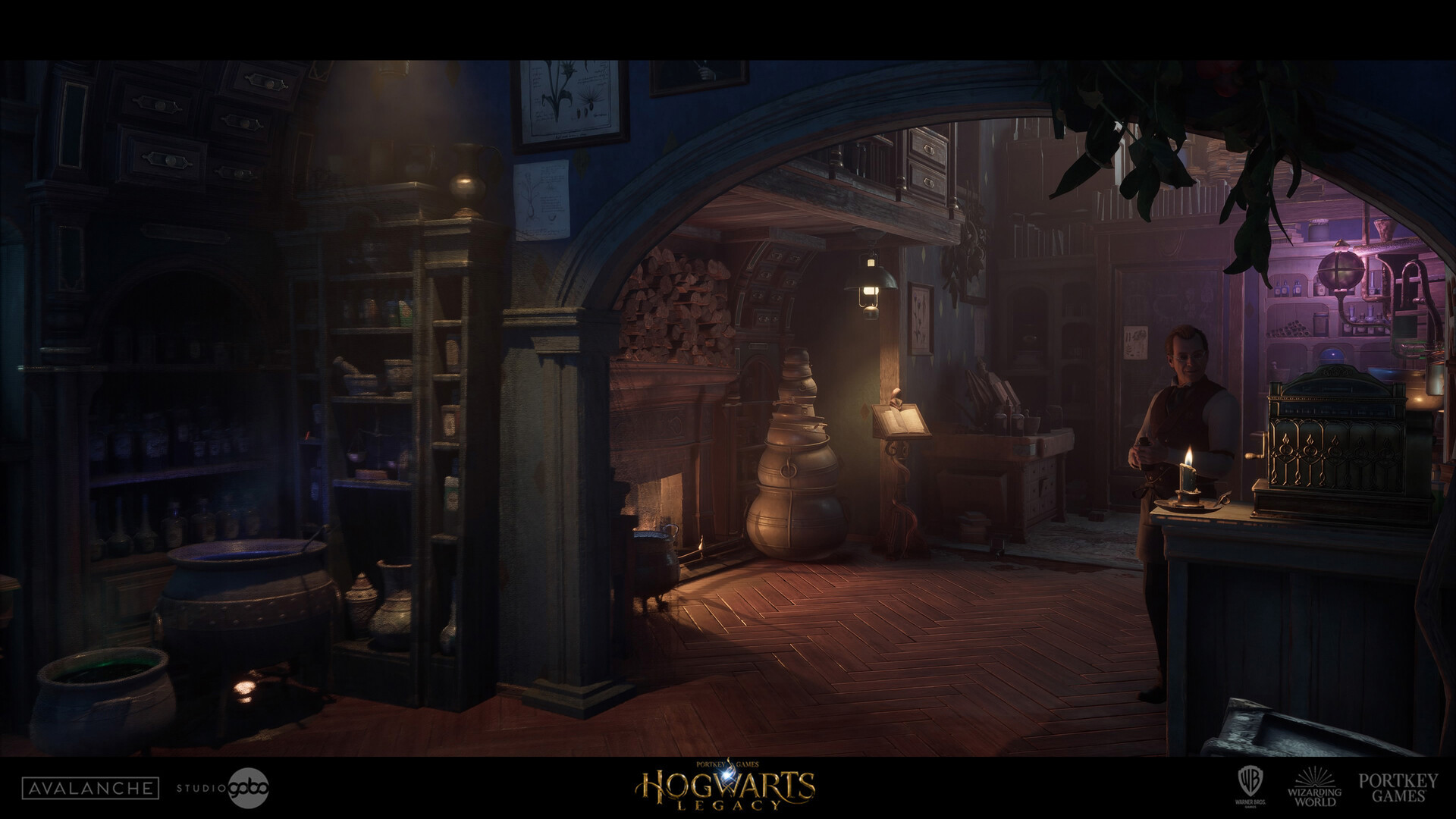















Extraordinary talent resides everywhere
Xbox Game Camp was founded in 2020 on the belief that extraordinary talent resides everywhere. The purpose of the program is to empower future waves of creators, storytellers and game studios to achieve more and realize their potential in the gaming industry and grow thriving game development communities around the world. In this presentation we will share information about the program's impact and scope while exploring the opportunity to run a game camp in Belgium.
Building Amazing Indie Games for Today & Into the Future with Xbox
We’ll talk about how Xbox helps indie developers succeed today and prepare for what’s next. From ID@Xbox tools and programs to trends like cloud, cross-play, and hardware, we’ll share practical tips to reach more players and build thriving communities. If you’re making games, this session is all about giving you the insight and support you need to make something amazing.
%20-%20Peter%20Zetterberg.png)

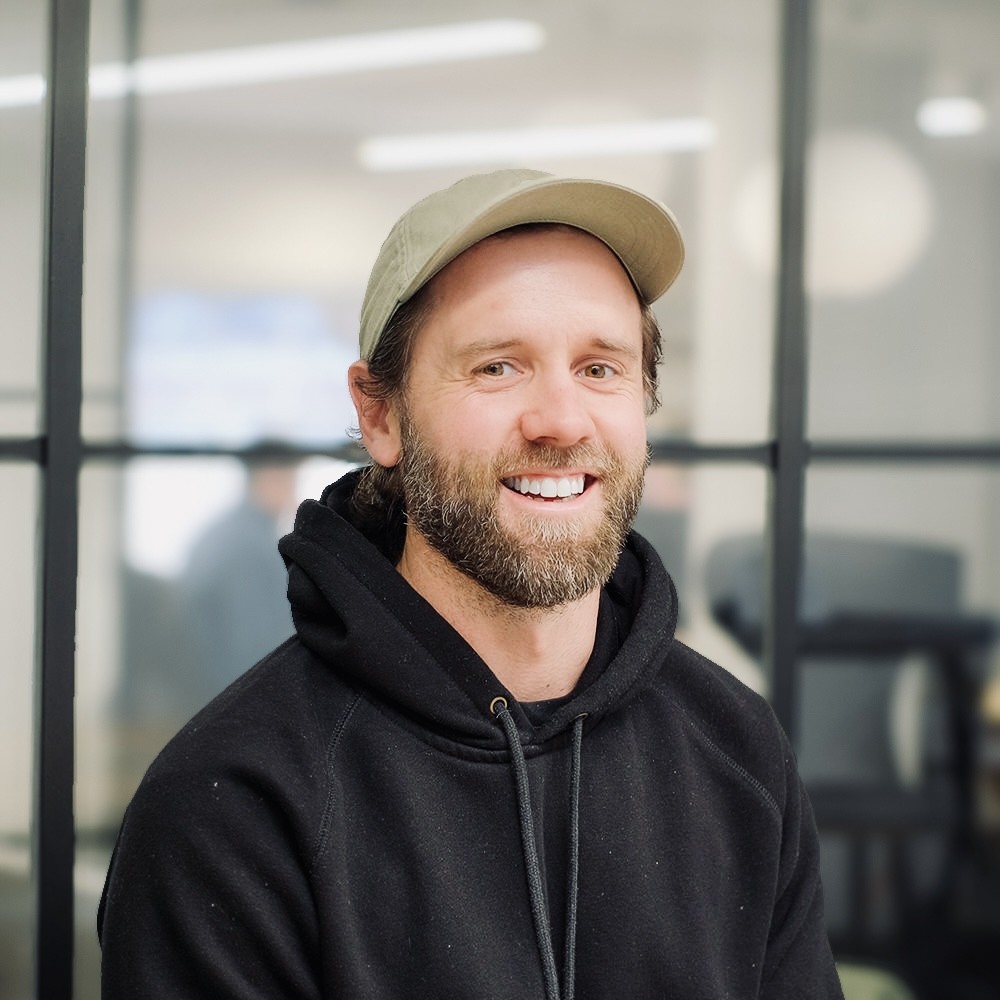









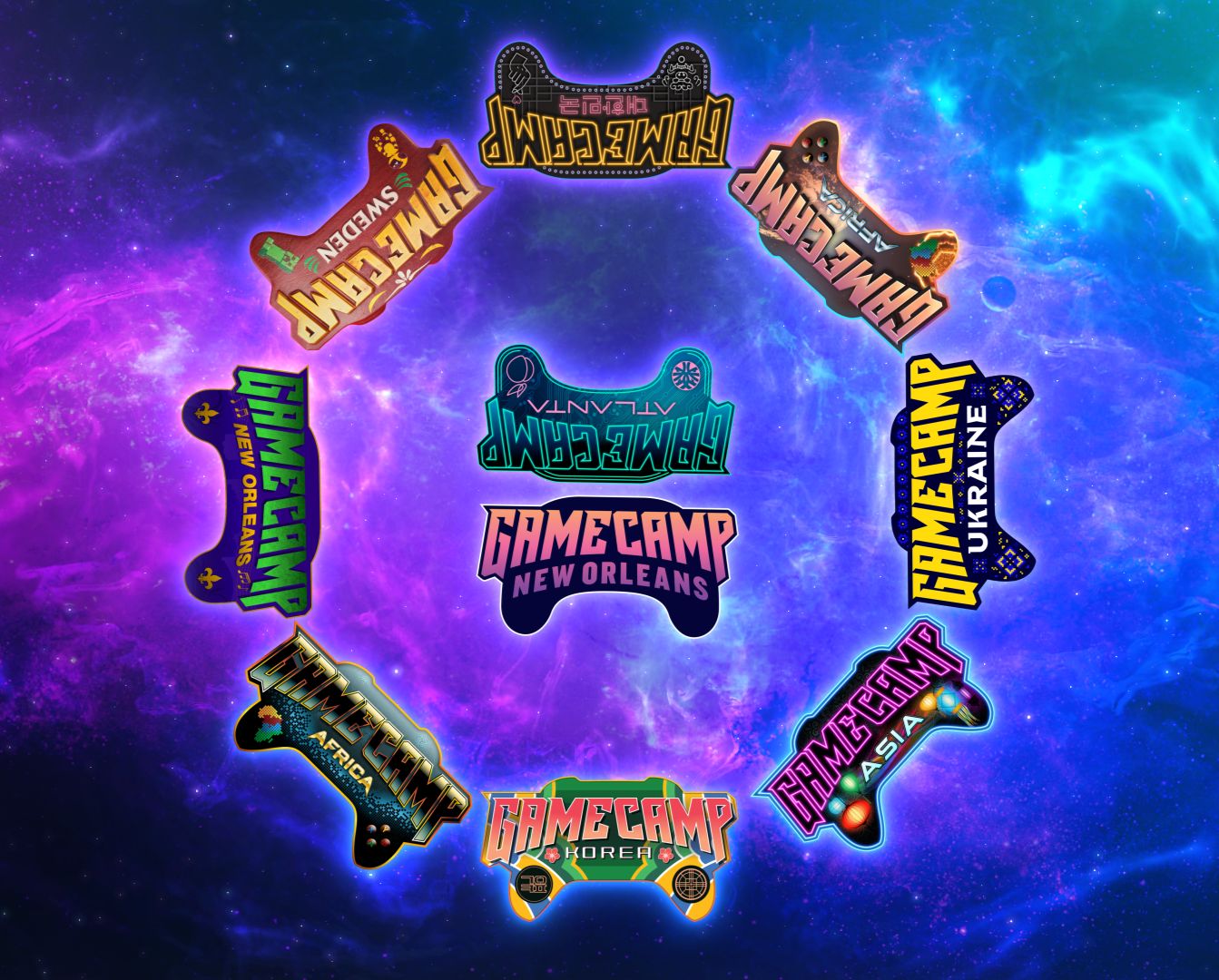

Deep dive in the creative process of Mr Coo's games. A captivating experience of hand-crafted interactive animation.












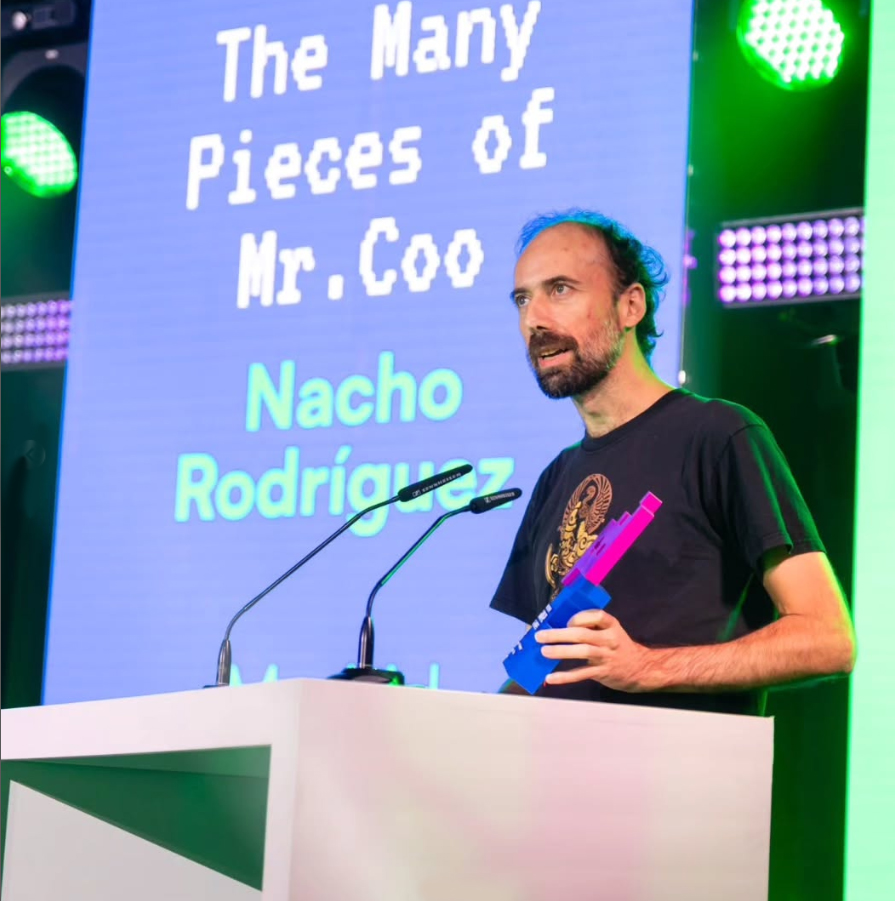

Building a game that runs on a custom engine can be a daunting task. Not only you need to make it work on each platform, but you also need to manage all the dependencies. At Fire Falcom, we do this everyday, on many project and many technologies.
The aim of this talk is to explain our build system design, using cmake and conan to limit the combinatorial explosion of configurations and projects. We’ll dive into the details and the integration that allows any developer to build the game in one click on a brand new machine.












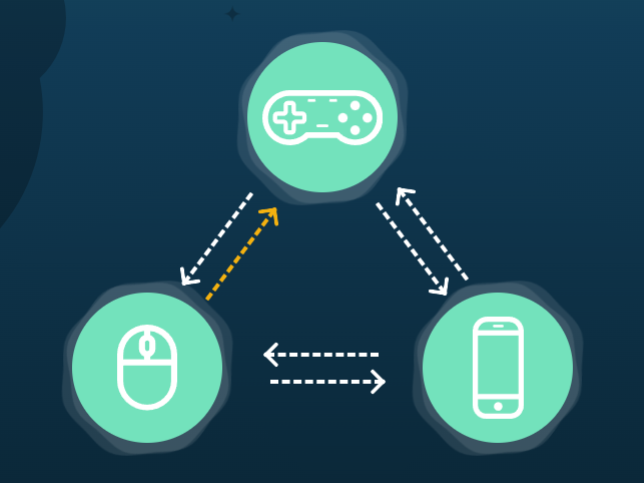















From growing its conceptual roots in the VAF Innovation Atelier to emerging victorious at the 2025 Venice festival, A Long Goodbye by director duo Kate Voet and Victor Maes, went through a lot of developments.
With the support of game studio Polygoat’s technical expertise, they set out to explore how interactive technology could convey delicate emotions of memory, loss, and connection, blurring the line between cinema and player interaction in the process.
In this session the creators (represented by Kate Voet and Frederik Smolders) look back on the collaborative process and want to share the things they learned along the way, inspiring both game studios to explore similar creative collaborations as well as traditional film makers to tell their stories through a new and interactive medium.
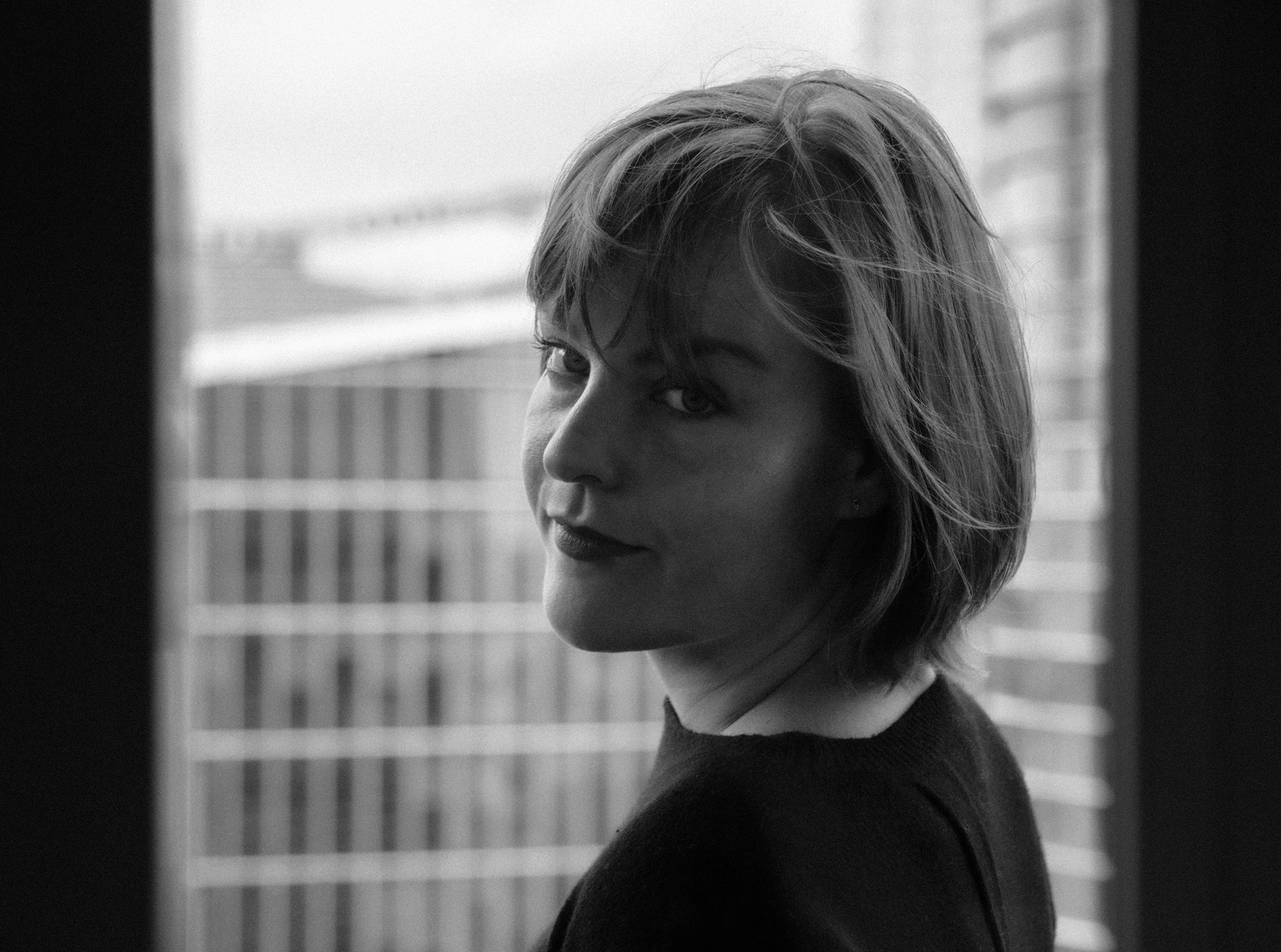













Game economy design is a topic that is critical for any game developer; but information on best practices have been hard to come by. In this talk Oscar will provide insight into the core principles which drive purpose, progression and engagement in any gamy.
Exploring the connection between gameplay, power curves and how this is critical to both delightful player experiences and in-game commercial models.
This talk provides an insight based on Oscar's upcoming book called 'Playing With Balance' due to be released by Routledge in Q126.
%20-%20Oscar%20Clark-min.png)











.jpg)

Team interaction and leadership is at the heart of a producer's job, but there can be many ineffective ways of interacting that can work against other production purposes. How can we improve a producer’s effectiveness in skillful interaction through empathy?
In this talk, Dr. JC Lau will discuss the role of empathy in a producer's toolkit. Leading with empathy allows producers to more easily mediate for mutually beneficial results, catch potential issues before they escalate, and get better data about their team’s velocity and project scope.












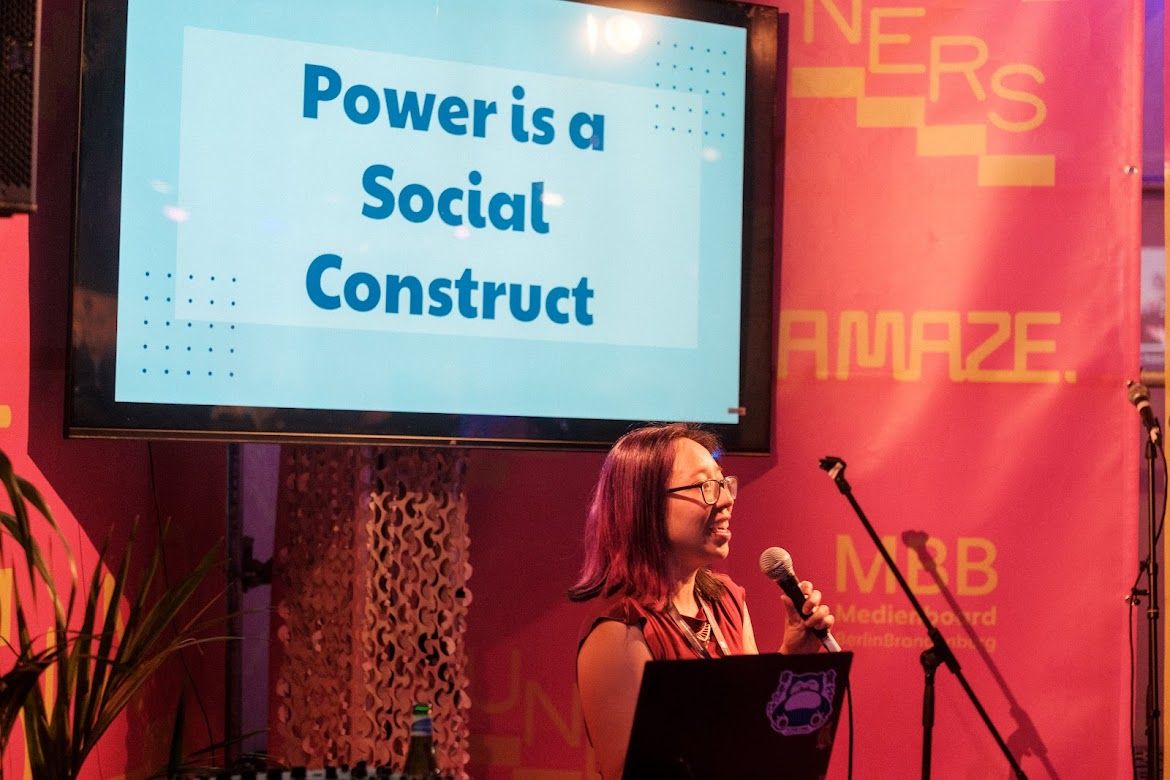

In the aftermath of the hype created by Large Language Models like ChatGPT and Text-To-Image Diffusion models like Midjourney and Stable Diffusion, where do we find ourselves now in the rapidly evolving world of AI? Join this talk for a quick run-through of new technologies focussed on giving you a good picture of where current state of the art research is focussed, and which new technologies you should be on the lookout for.














The global games industry is growing fast, but not everyone has the same chance to take part.
Female-identifying developers are still underrepresented, and many talented creators in Africa face barriers that limit their visibility and impact. Roots & Pixels, supported by VLIR-UOS, works to change this by empowering women in game development and connecting developers from Belgium, South Africa, Kenya, and Uganda. The project focuses on impact games and diverse stories that reflect real experiences and social issues. In her talk at UNWRAP, Allie Weis from Howest DAE will share how Roots & Pixels is building skills, fostering collaboration, and showing why diversity is key to the future of games.
.jpg)












In this talk, artist and director Sine Özbilge takes audiences behind the scenes of Cathex, an immersive VR experience that unfolds like a virtual poem. Blending psychology, philosophy, and artistic experimentation, Cathex invites players into a dreamlike, subconscious-inspired world where physical movement becomes a tool for emotional exploration.
Sine will share the creative and technical journey of developing this hybrid project, from early concept and worldbuilding to the integration of game mechanics, sound design, and embodied interaction in virtual space.














In this talk, we’ll explore the mindset of the procedural artist, a way of thinking in rules and patterns. Using Houdini and other procedural tools, we’ll look at how complexity can grow from simple instructions, how randomness becomes a collaborator, and how building tools can be as creative as making art itself. Beyond visual effects, procedural thinking connects to architecture, nature and design. It’s a shift from crafting outcomes to exploring entire worlds of possibility.
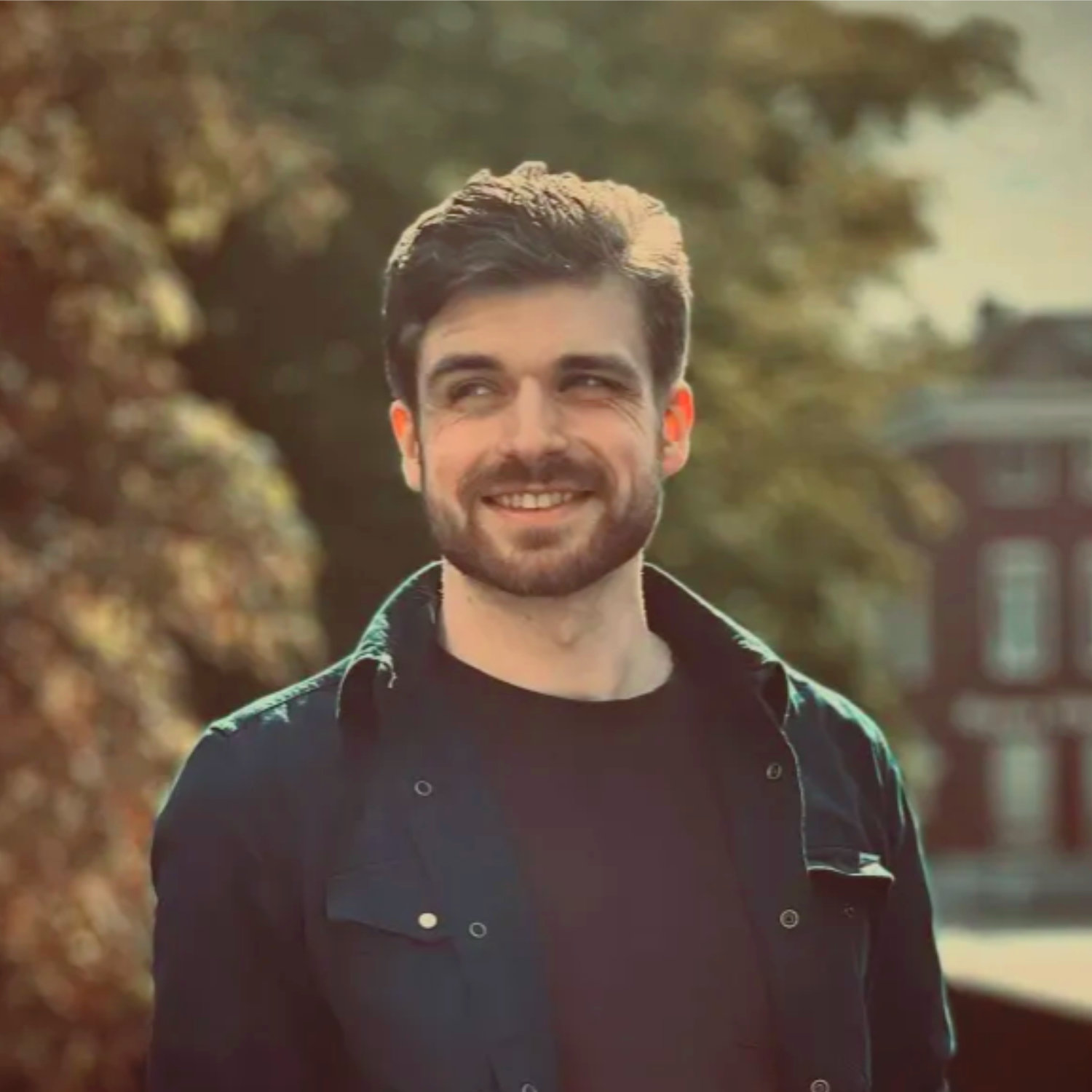


























It’s safe to say that Club Wintercircus in Ghent is the most tech-driven concert venue in Belgium to date. From the conception of the club a couple of years ago, the aim was to install state of the art 360° audio and A/V technology that creates true immersive experiences for any visitor. In this talk, we will focus on the visual side of things. With an immense LED screen and modular full 360° projection, the venue is equipped with everything it takes to create breath-taking events. But how do you make it all work? How do you create content that matches the artistic vision, what are the technical hurdles to overcome to create these mappings, and what is the role of (game) technology like Unreal Engine in this process? That’s what Spacemakers will dive into during this talk.
SPACEMAKERS is a collective, or rather a small company, that experiments with light, sound, and video in public spaces. The slogan originated in 2015, when we were launched as a project by our local youth center KRAK in Avelgem. What started as an experiment soon grew into a creative playground where we could combine our passion for technology and art.
The meaning behind that original slogan has gradually evolved along with our interests and expertise. Experimentation remains our most important tool. For us, it is essential to create from our own curiosity and drive. We do not want to make things just because someone asks us to; what we do has to align with what we genuinely find meaningful and exciting.
To create a complete experience, we often work with techniques such as video, laser, and pixel mapping but also 3D engines, lidar. We always strive to make every element, both visual and technical, harmonize and work seamlessly together.
Our portfolio features a mix of video mappings, projections, stage designs, light structures, and interactive installations.
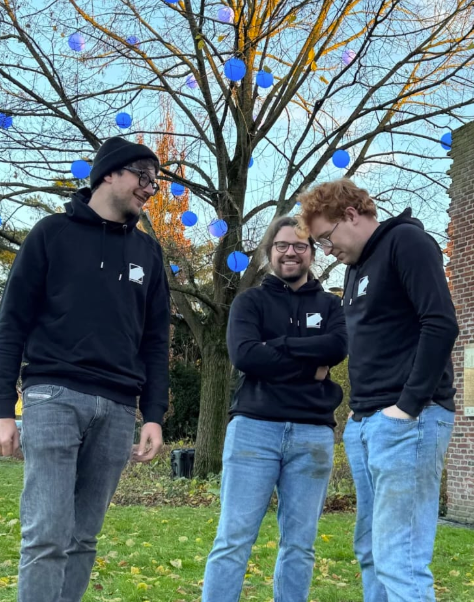











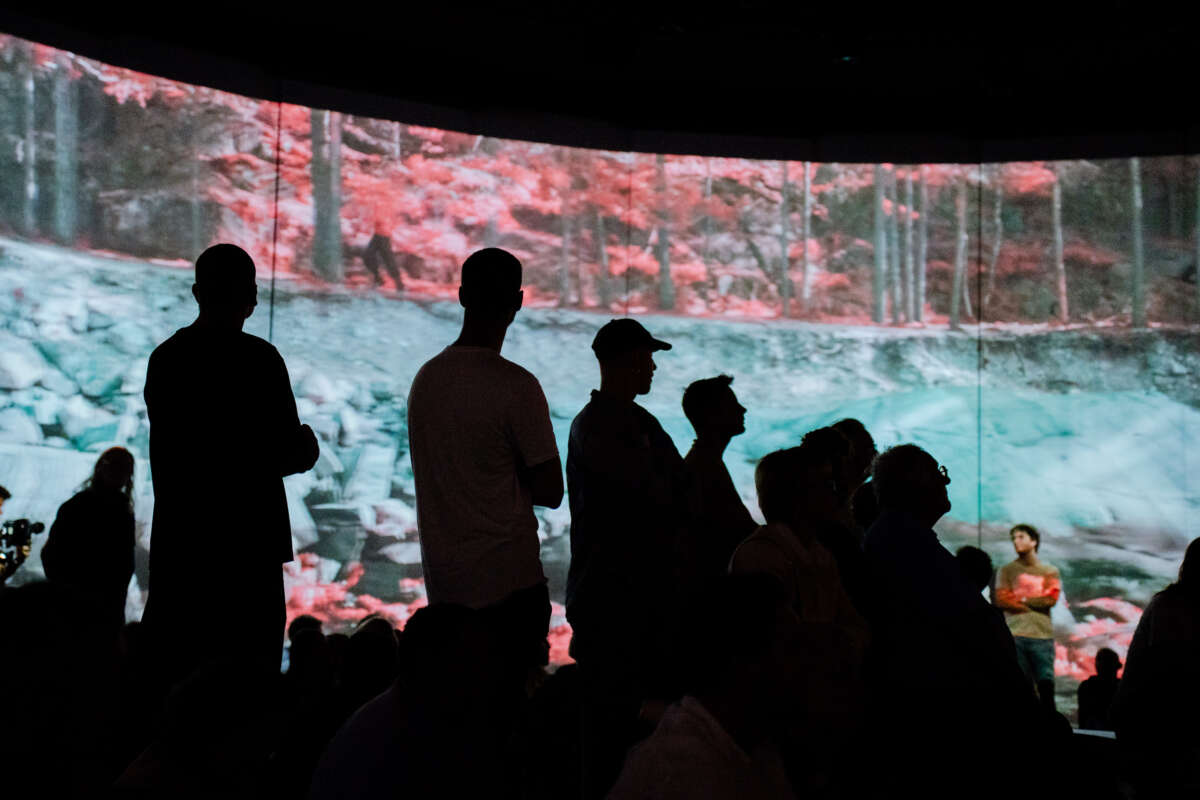
StageVFX takes you behind the scenes of their visual effects. The session begins with an introduction to the team and their approach to bringing cinematic experiences to the stage.
They’ll reveal tools and systems that make their workflow fast and flexible, and show how artistic vision and storytelling become immersive visual performances.
Highlights include projects like: Unwrap 2024, Childmasters, and Roomdivider, with insights into how design thinking guides every creative decision, and a live demo by Roomdivider showcases real-time applications, followed by reflections on his creative journey with StageVFX.
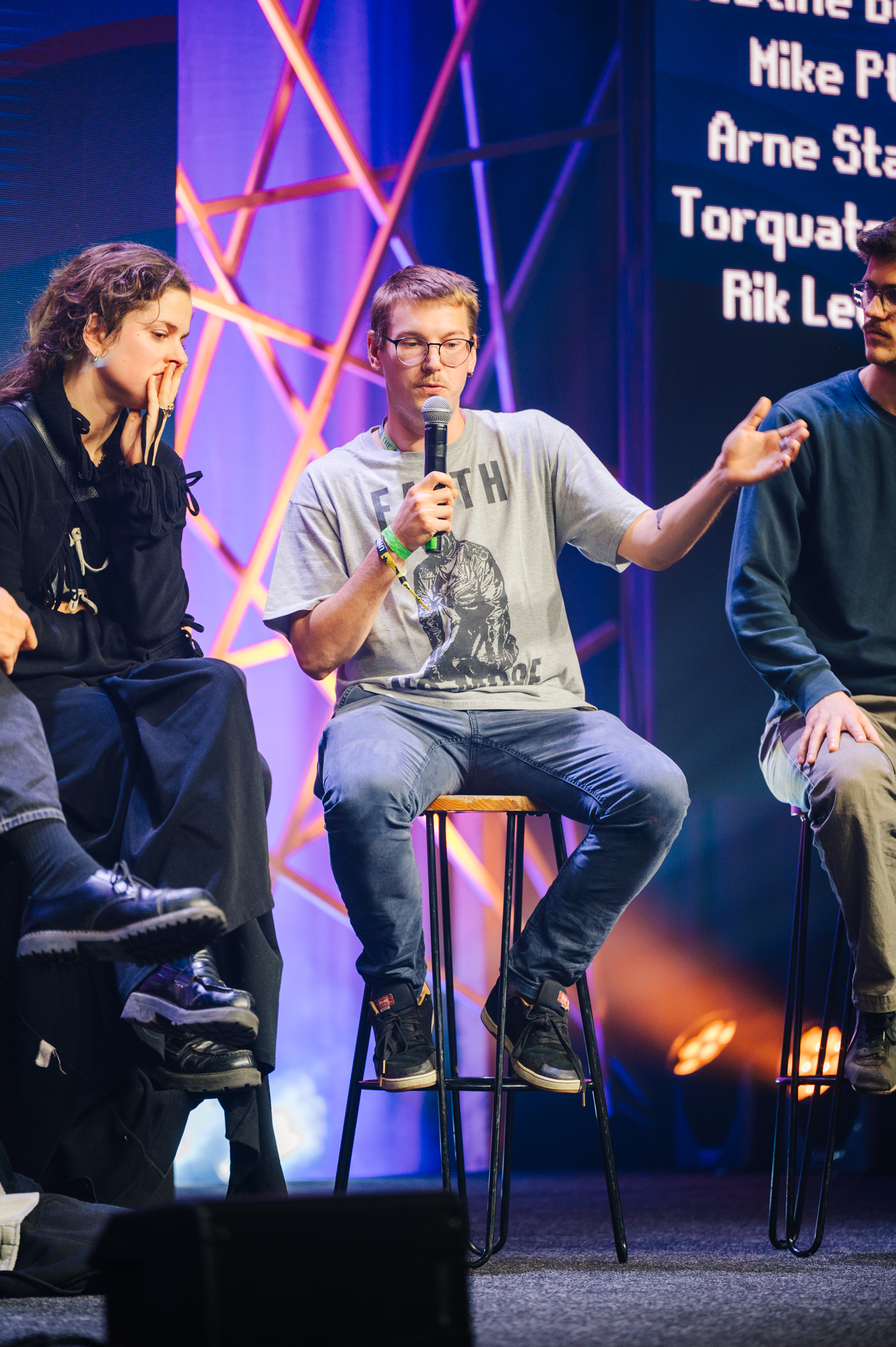

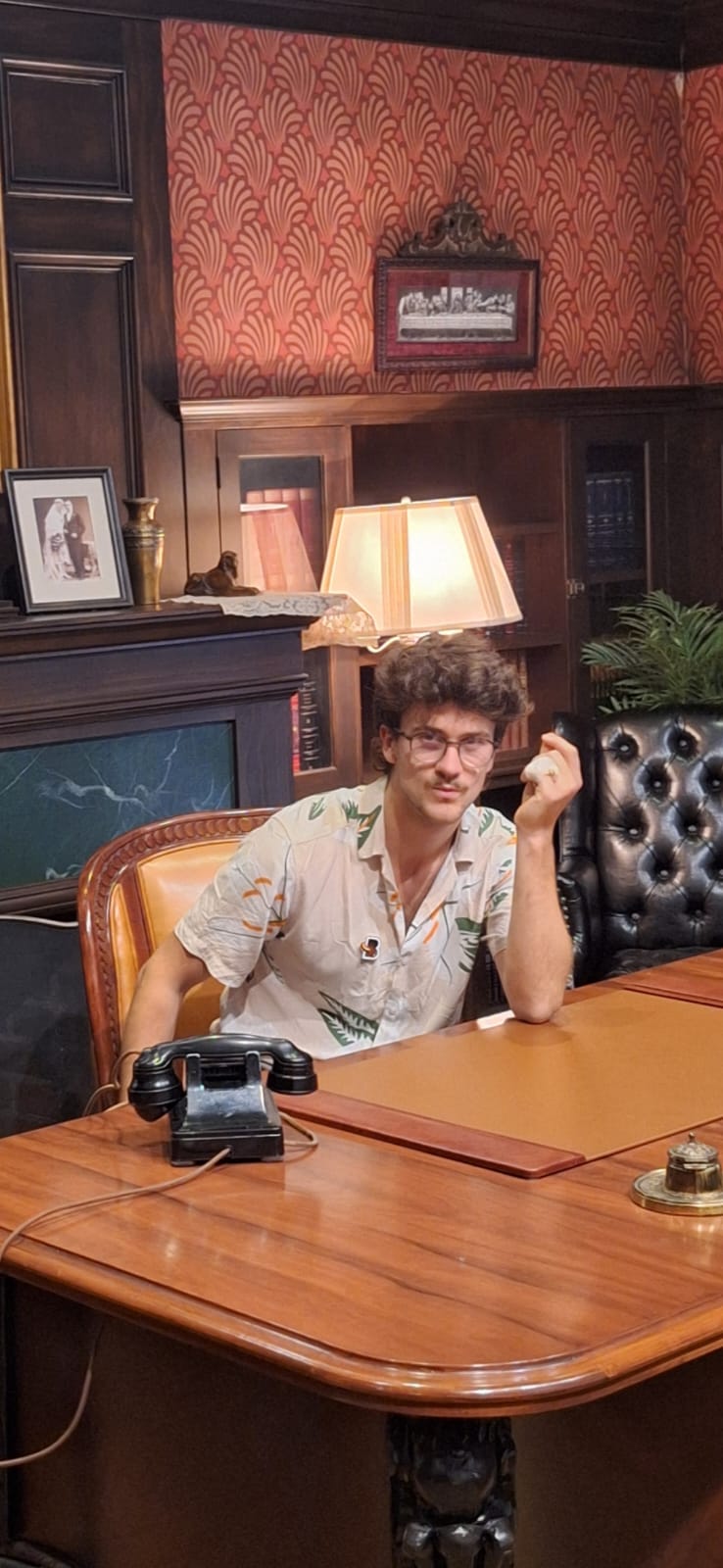









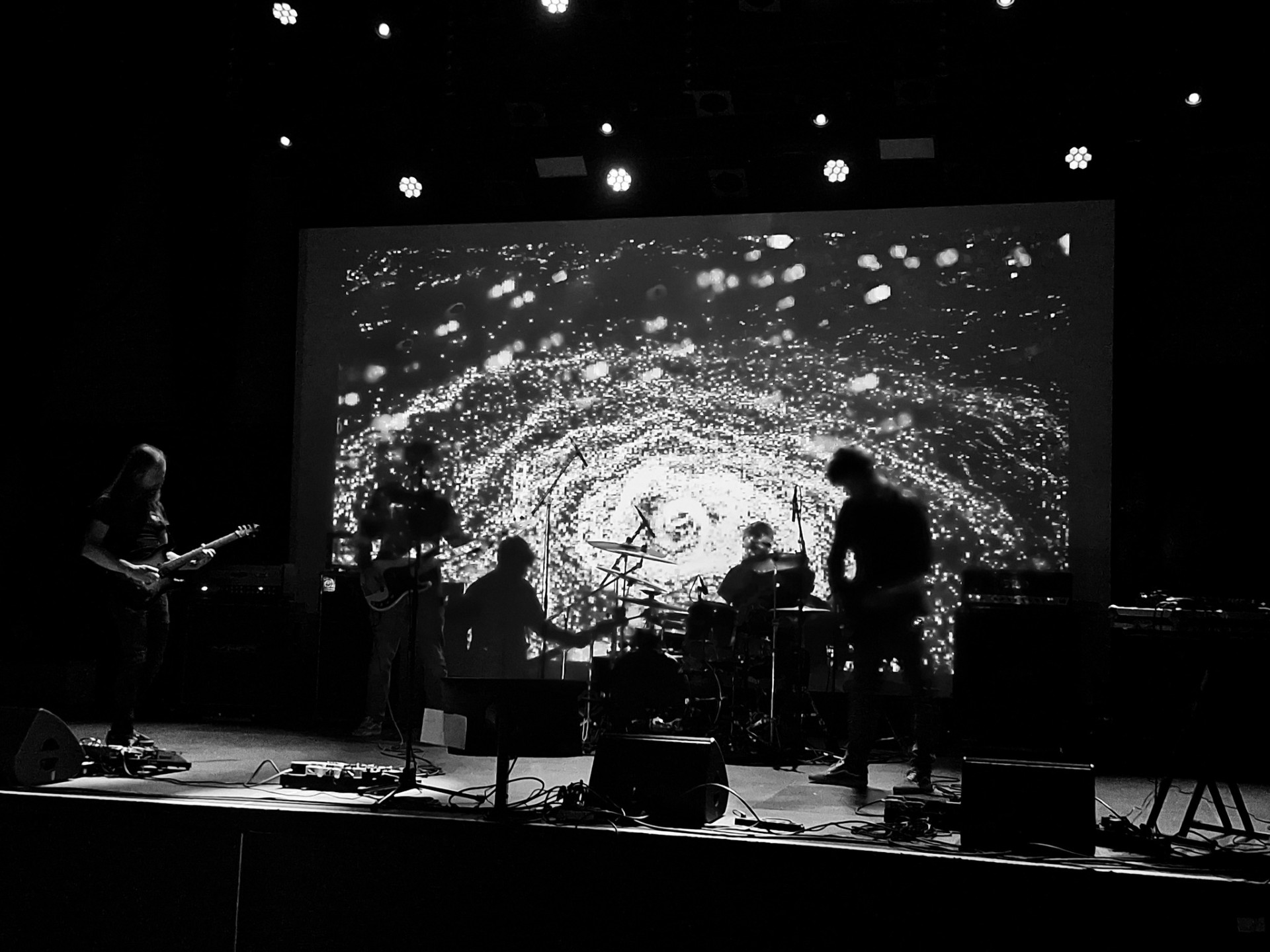
AndR. is the intelligence platform empowering artists, managers, and labels to move with clarity and impact. We unify all your streaming, social and touring data, and transform it into real strategic insight. With industry benchmarking and an AI‑powered engine, AndR. surface signals that matter. For select users, we provide hands-on support to turn insight into execution.
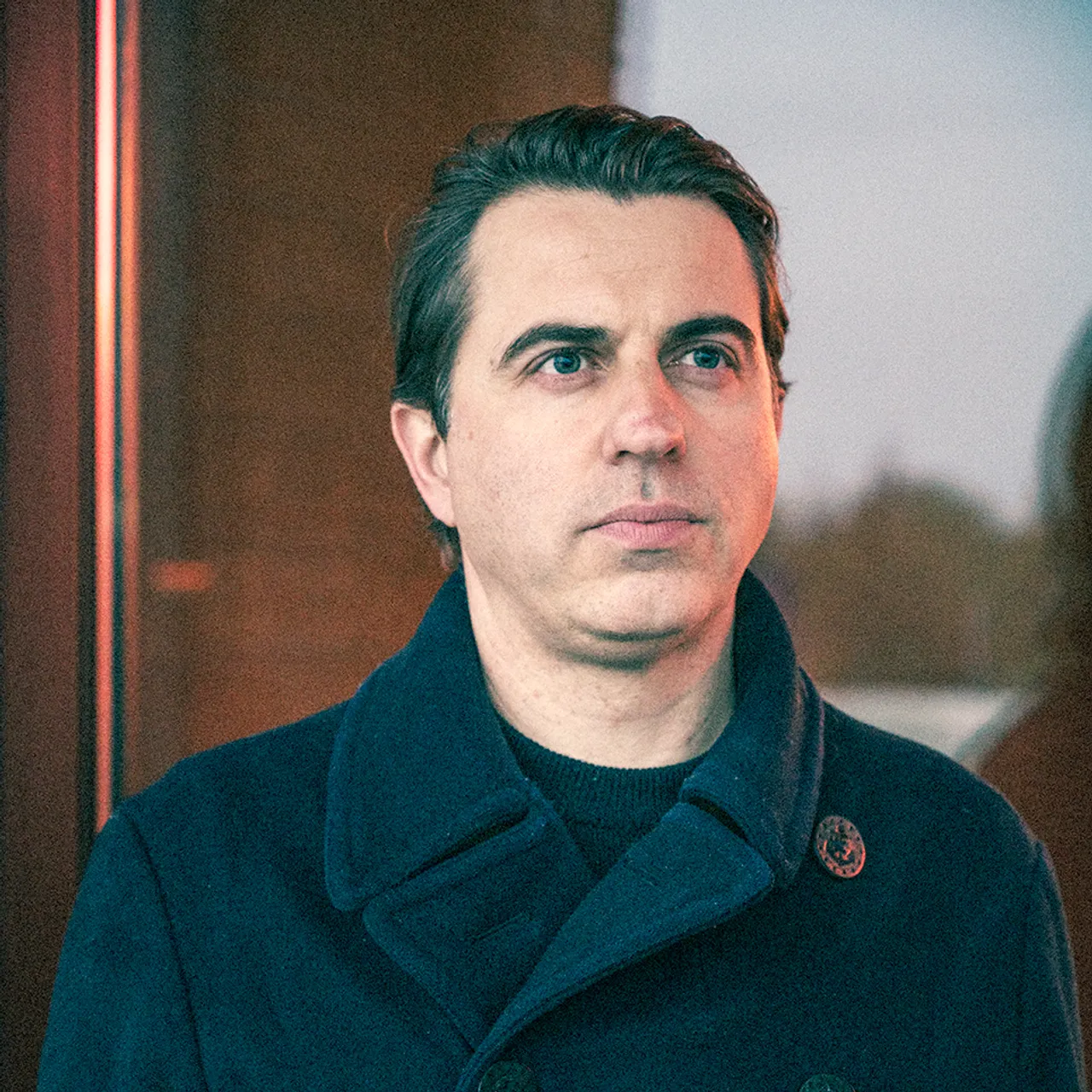

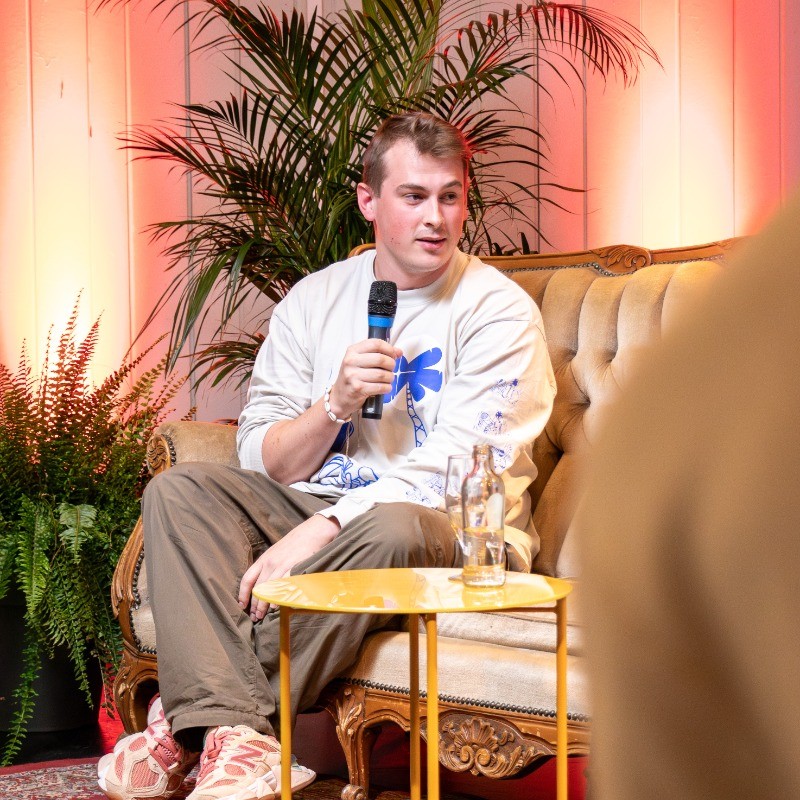























As part of the Interreg CrossTechXperience (CTX) project, Wilde Westen is currently hosting an artistic residency with three creators you may already know:
Together they are developing SINE.SIX, a live immersive sound & visual performance in six chapters.
The piece explores the shifting relationship between nature and technology through sound, light and motion, using a hexagonal LED and laser set that transforms into a living instrument. It’s at once conceptual, sensory and deeply physical, standing at the crossroads of sound art, light design and performance.












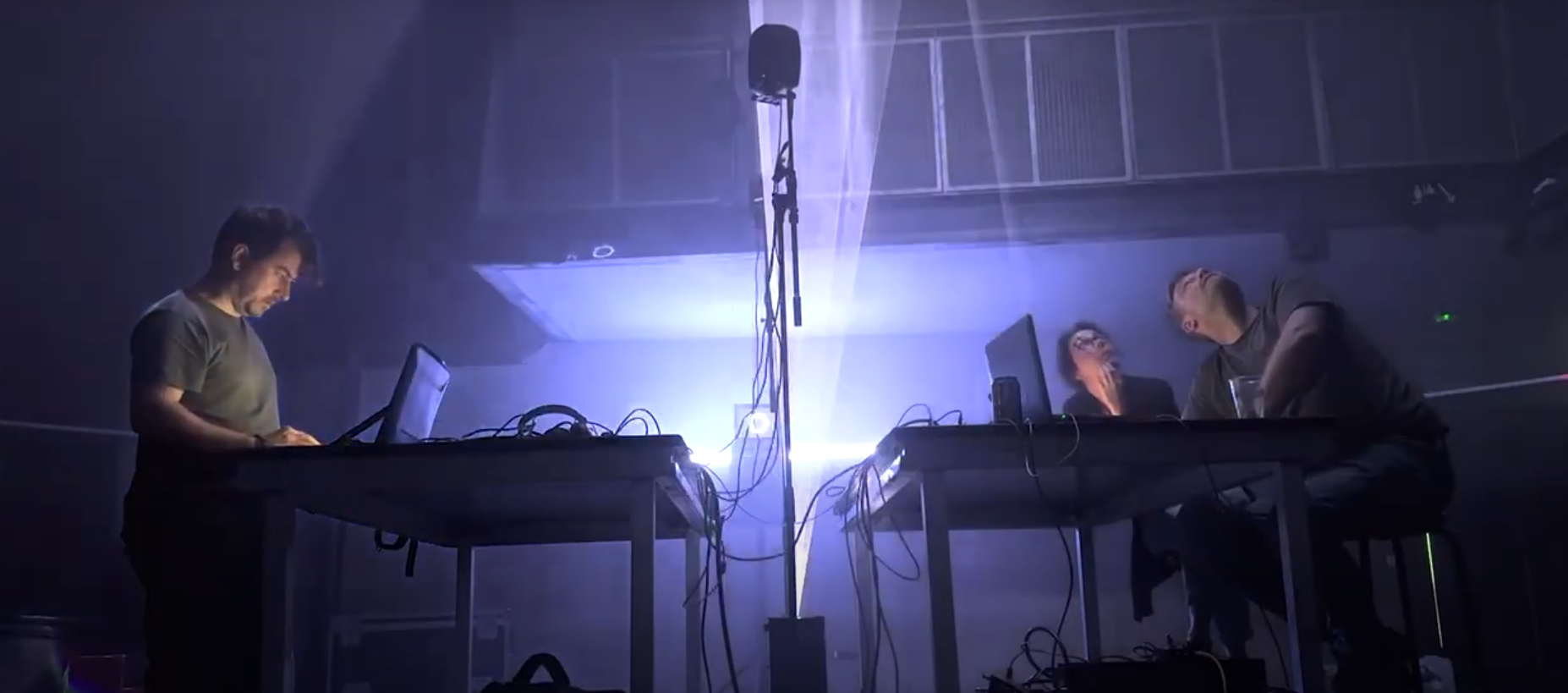













Data is all around us, but how can we use this data to control parameters in our creative applications? By leaving the creative work at the artist but handing control to something external, we might encounter many "happy accidents" as a result, a more tight connection to the surrounding environment or a end up with an installation that almost feels "alive".
This talk explores the practical methods for **connecting real-world data** directly to parameters of your creative applications. We will investigate techniques that enable your art to be dynamically controlled by the environment, moving beyond traditional manual input methods and achieve a new level of interactivity.
We will broadly cover topics following a structured workflow:
- INPUT: low level sensors, devices & external API's - think weather, rain, time of day etc.
- FEATURE EXTRACTION: different methods of getting meaningful data from the input, applying algorithms or AI - velocities, gestures, pattern recognition
- SMOOTHING: different widely used smoothing algorithms to get a better result when mapping - moving average, filters
- MAPPING: mapping our features to meaningful parameters in our applications - maxMSP, touchdesigner
- OUTPUT: a discussion on the result of everything connected together, which may have more than 1 use
This talk serves as both a technical exploration of what is currently possible as well as an inspiration session for your future projects.













As we all know, music is immensely important for videogames. It defines scenes and characters, guides gameplay and sets the overall mood. Many game soundtracks have become classics themselves, and large concert halls regularly feature orchestral performances of game music.
But how does music in video games actually work? What kind of music are developers looking for, and for what specific purposes (trailers, gameplay …)? What’s the difference between licensed music and original scores - and what are the legal aspects? And most importantly: how do you get your music in the next blockbuster game, or how do you become a successful composer for video games?
We’ll get the answers to these and many more questions in this fireside chat with highly successful game developer Dirk Van Welden.












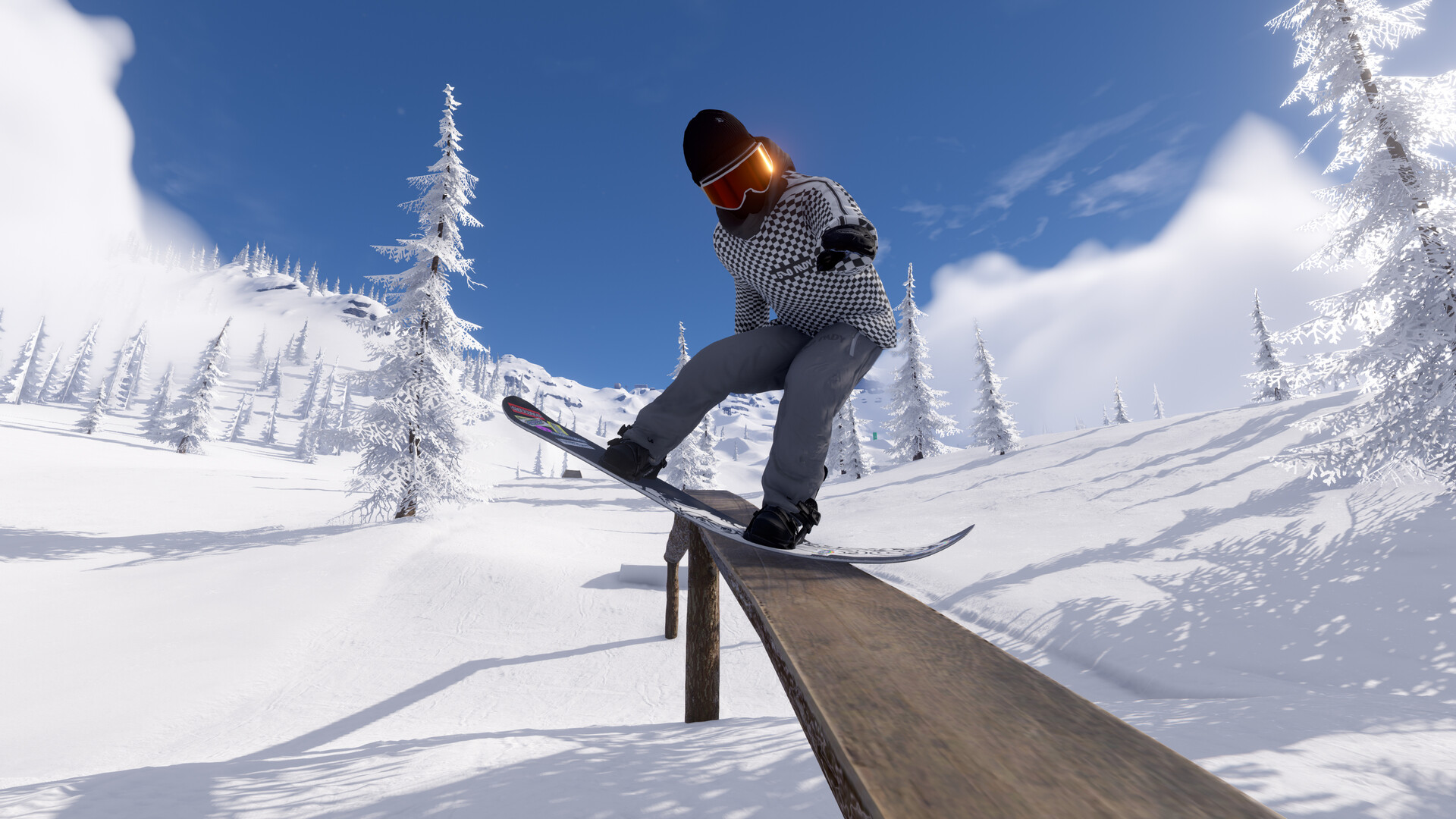

























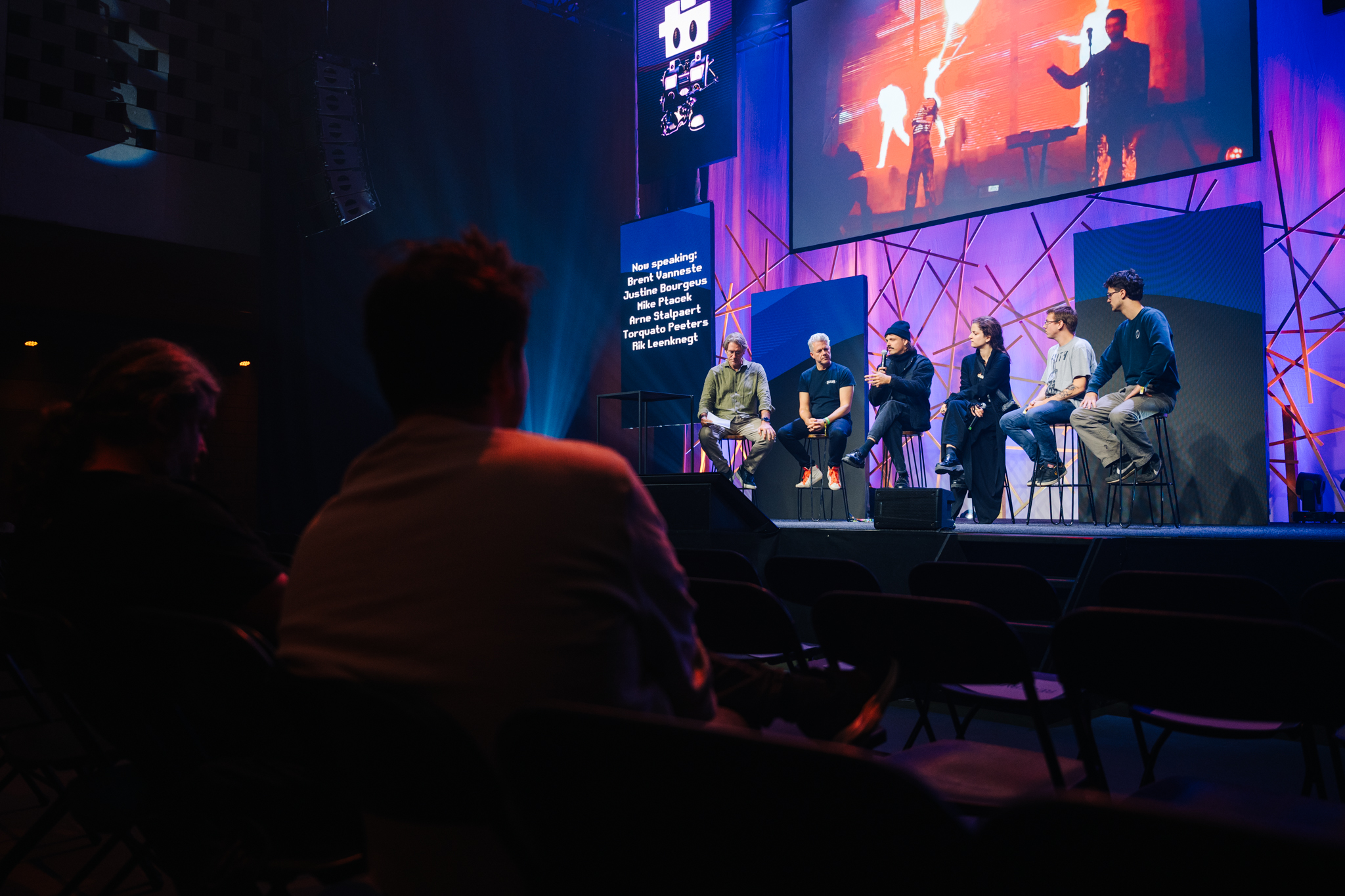












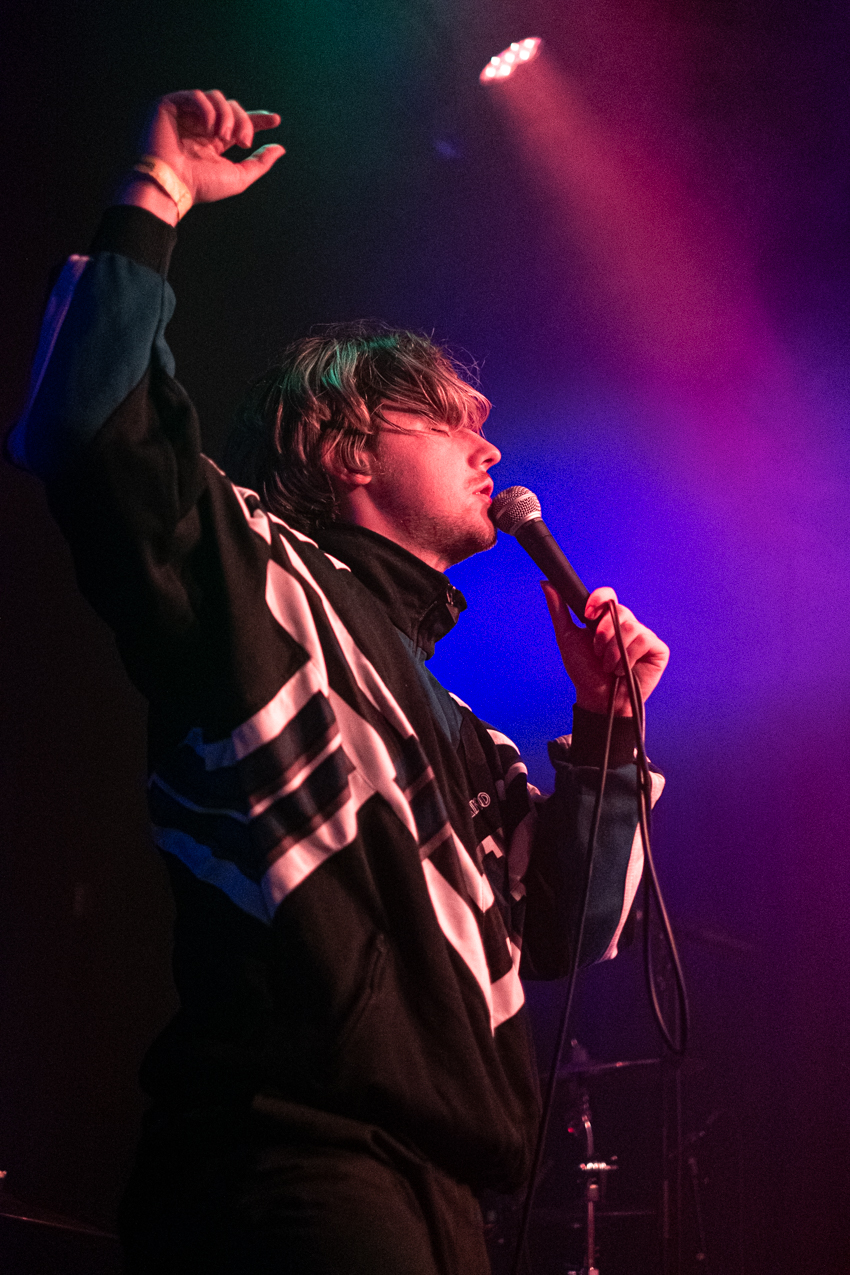
Today's musicians have access to more technology than ever before. Innovations like immersive audio are transforming how we experience music. But what does it take to get musicians to use these tools? And when does technology actually enhance the experience?
In this talk, Tom Wollaert, music researcher and lecturer at PXL-Music, shares insights from his work supporting artists and engineers in creating immersive audio concerts. He'll explore the creative and technical challenges behind these productions and reflect on the magic that happens when artistic vision and immersive technology come together.
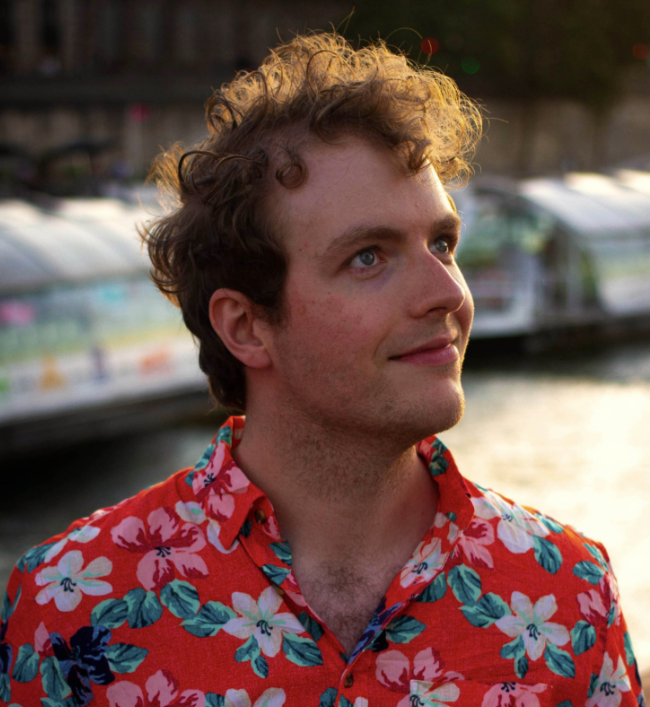












Live shows can feel like pure magic. When you’re in the crowd, and the lights, visuals, and effects hit perfectly with the music… goosebumps. Backstage, creating that magic usually means stress and chaos: a patchwork of tools, MIDI/OSC scripts, spreadsheets, and last-minute hacks to keep everything running.
That’s why we’re building Time-line. The first online collaborative workspace for show planning and design. One simple tool to prepare your show, map cues to the music, and trigger lights, visuals, and effects right on the beat.
We designed Time-line to be:
• Easy to use for artists and show designers
• Reliable for the pressures of live performance
• Flexible enough to adapt when the set changes last minute
• Built for teamwork so crews can design and run shows together, even remotely
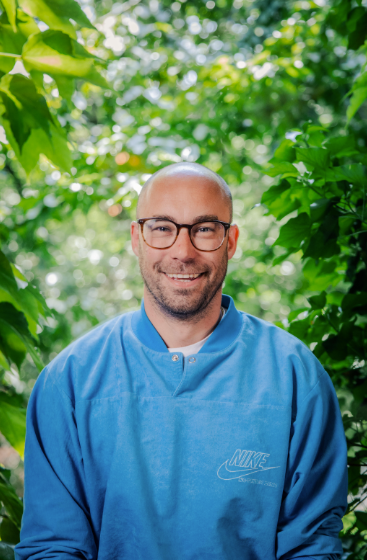












Earlier this year, 2 live entertainment behemoths joined forces to create a groundbreaking experience at Sphere in Las Vegas. Tomorrowland and Insomniac presented Unity across 9 evenings filled with state of the art immersive entertainment. Each show has a meticulously curated soundtrack and builds into a crescendo with live sets by guest DJs such as Chase & Status, DJ Snake, Meduza and many more.
But what really took the visitors’ breath away are the stunning visuals, created by Belgian company Prismax. Both for the pre-recorded part of the show and for the realtime visuals, they had to come up with not only tons of content, but also a way to previsualise it and make it all work on a massive 16k x 16k resolution screen, leveraging the power of Unreal Engine and Prismax’ custom built control systems.
In this session, we’ll get an in-depth look behind the scenes and under the hood of this challenging endeavour.












